Ginnels around Headingley
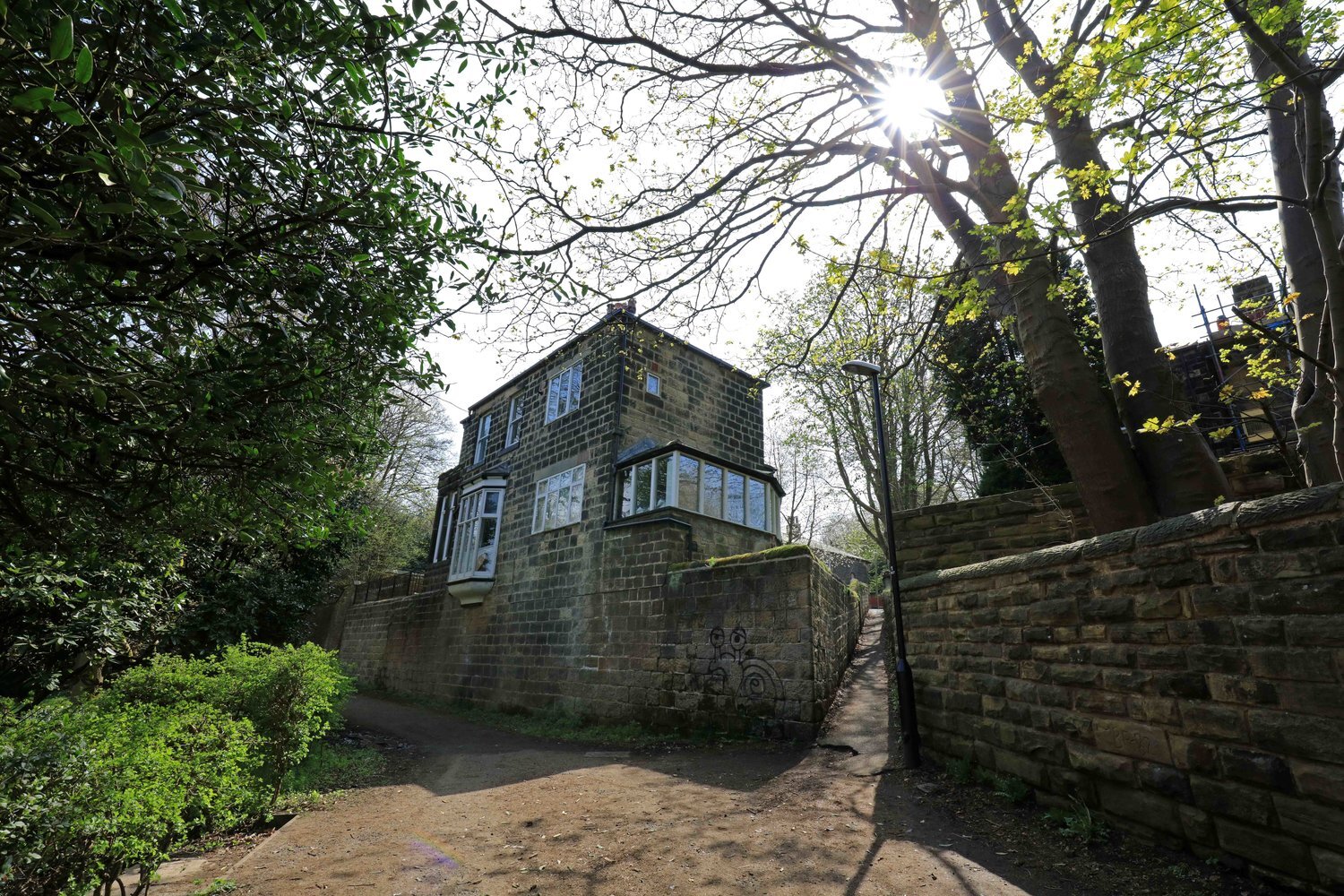
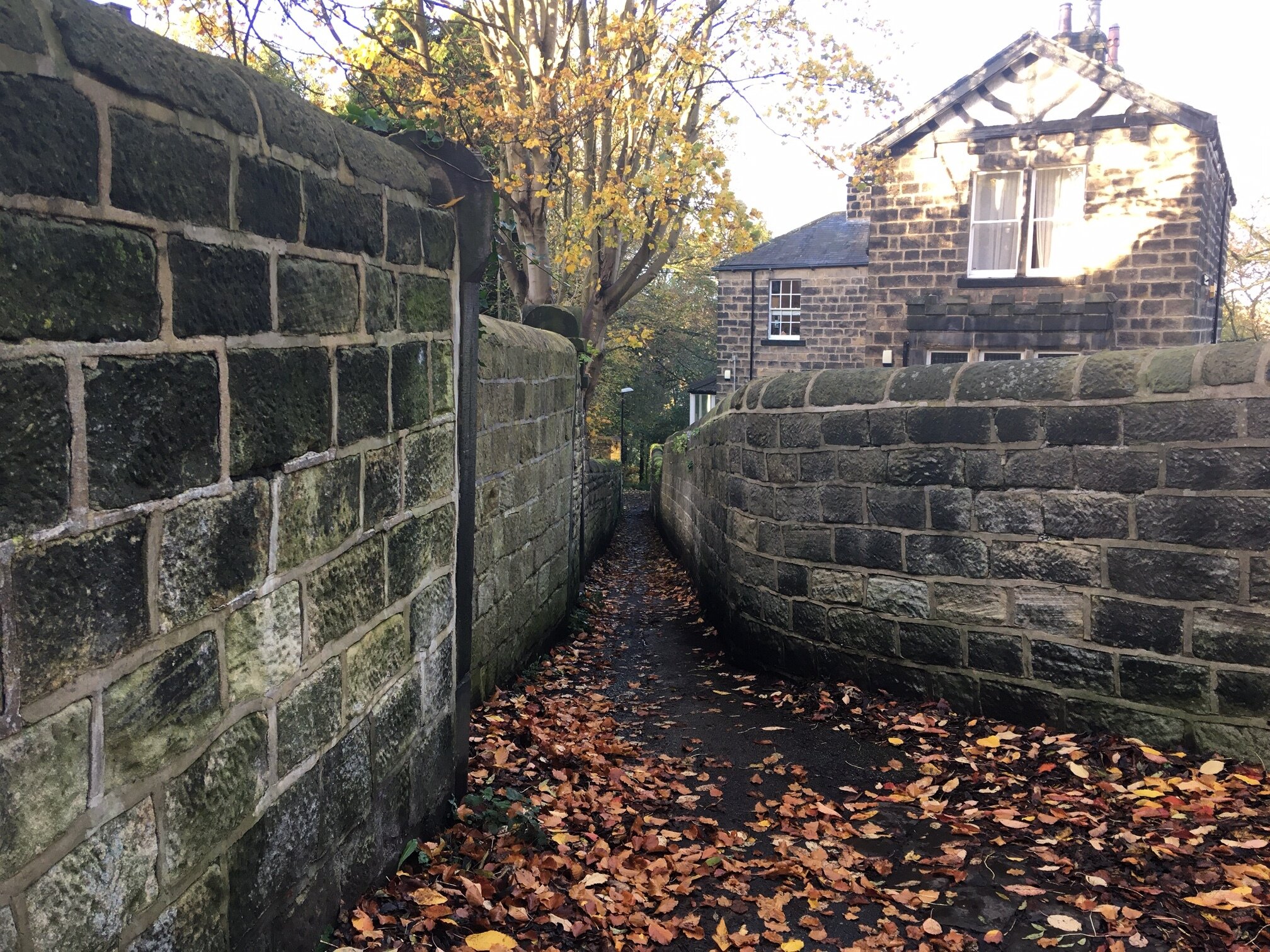
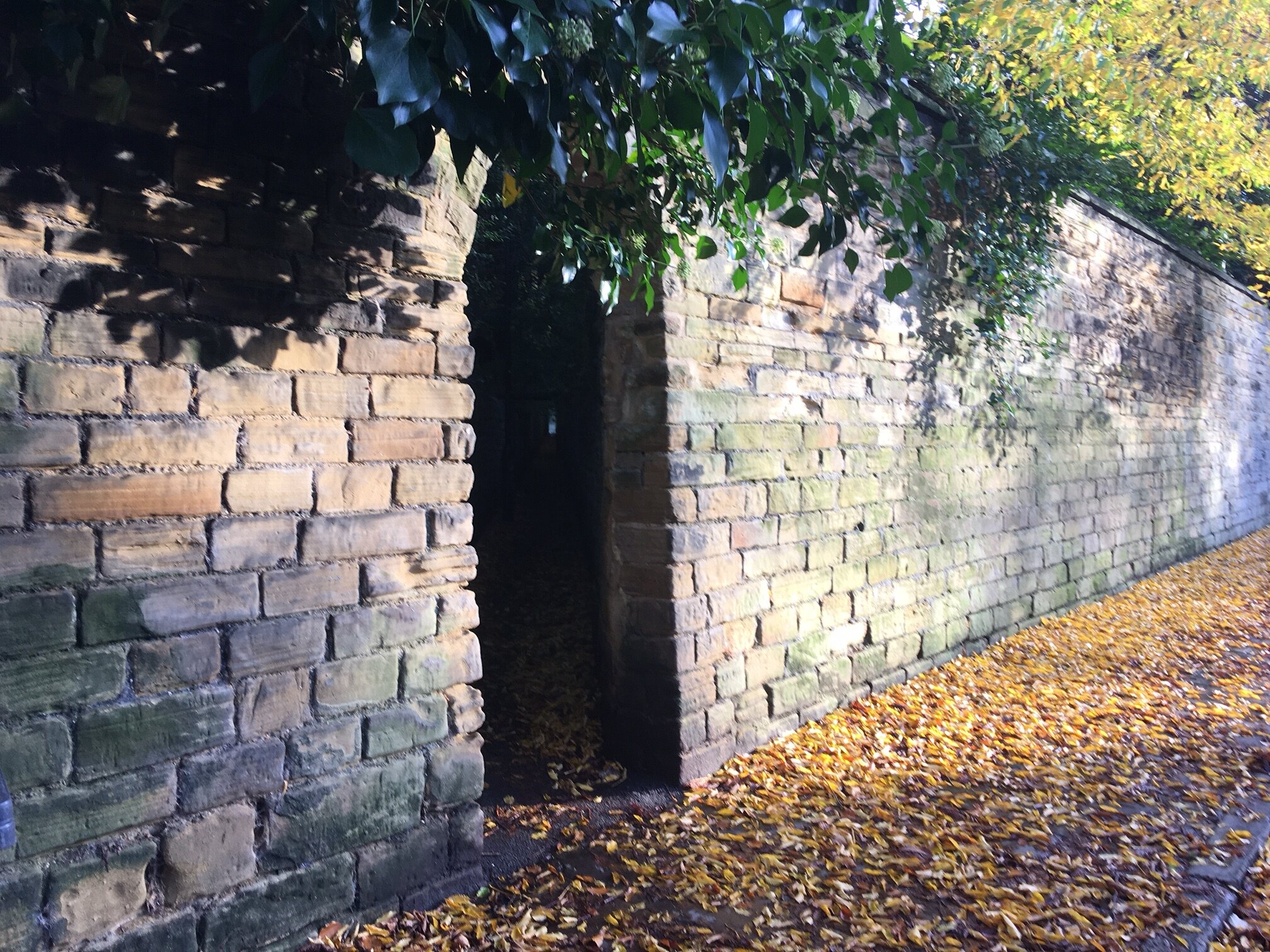

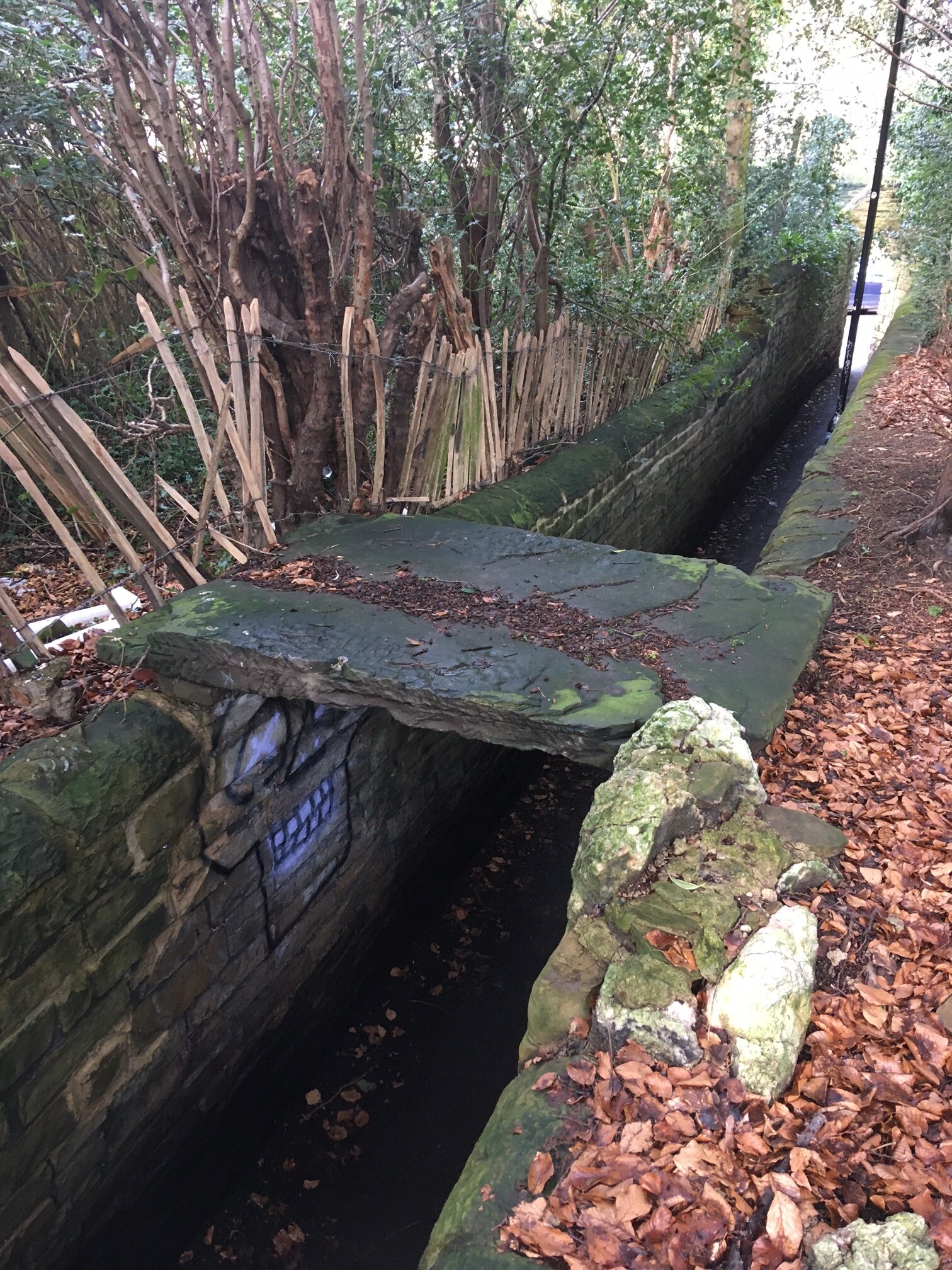
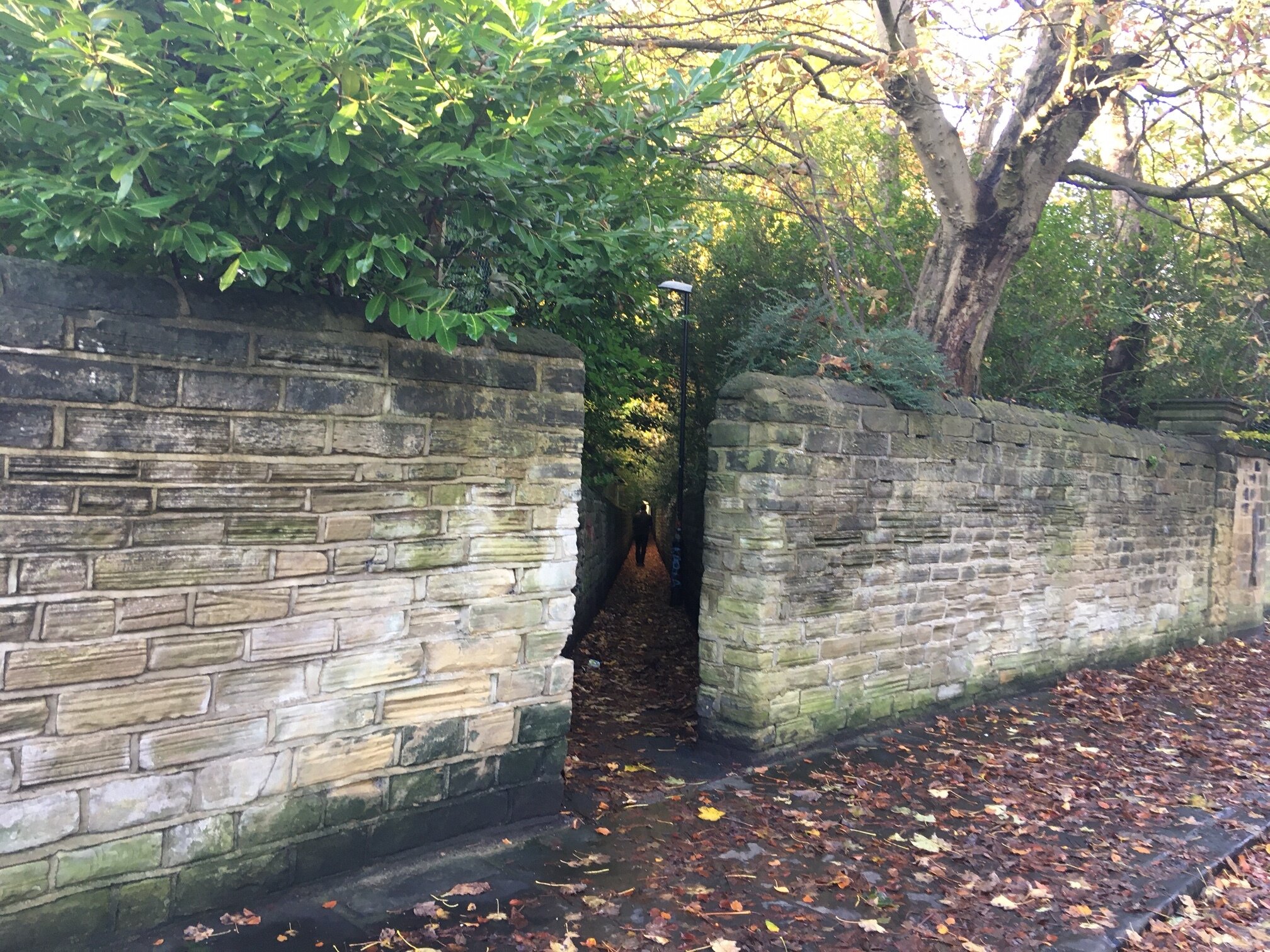
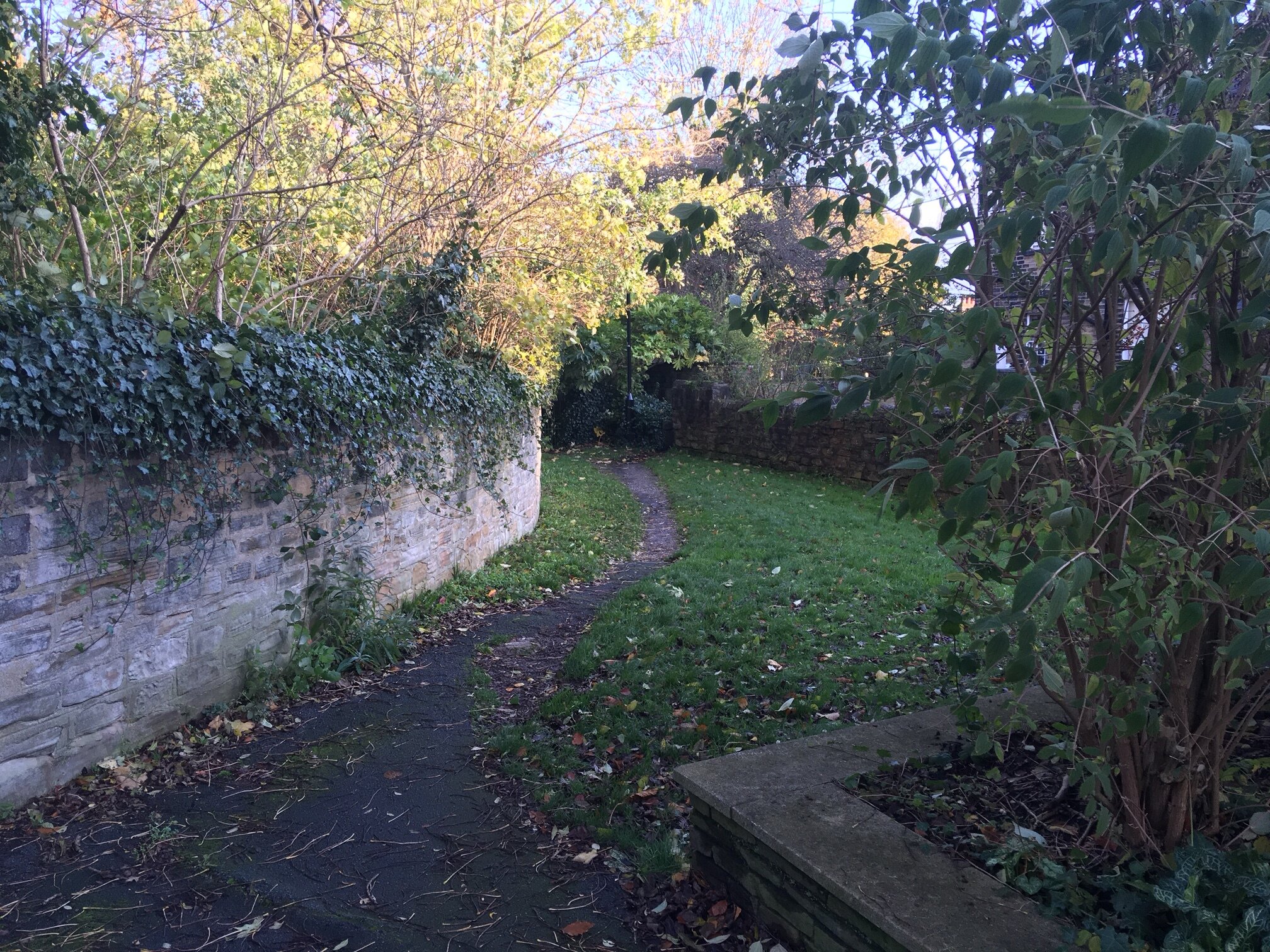
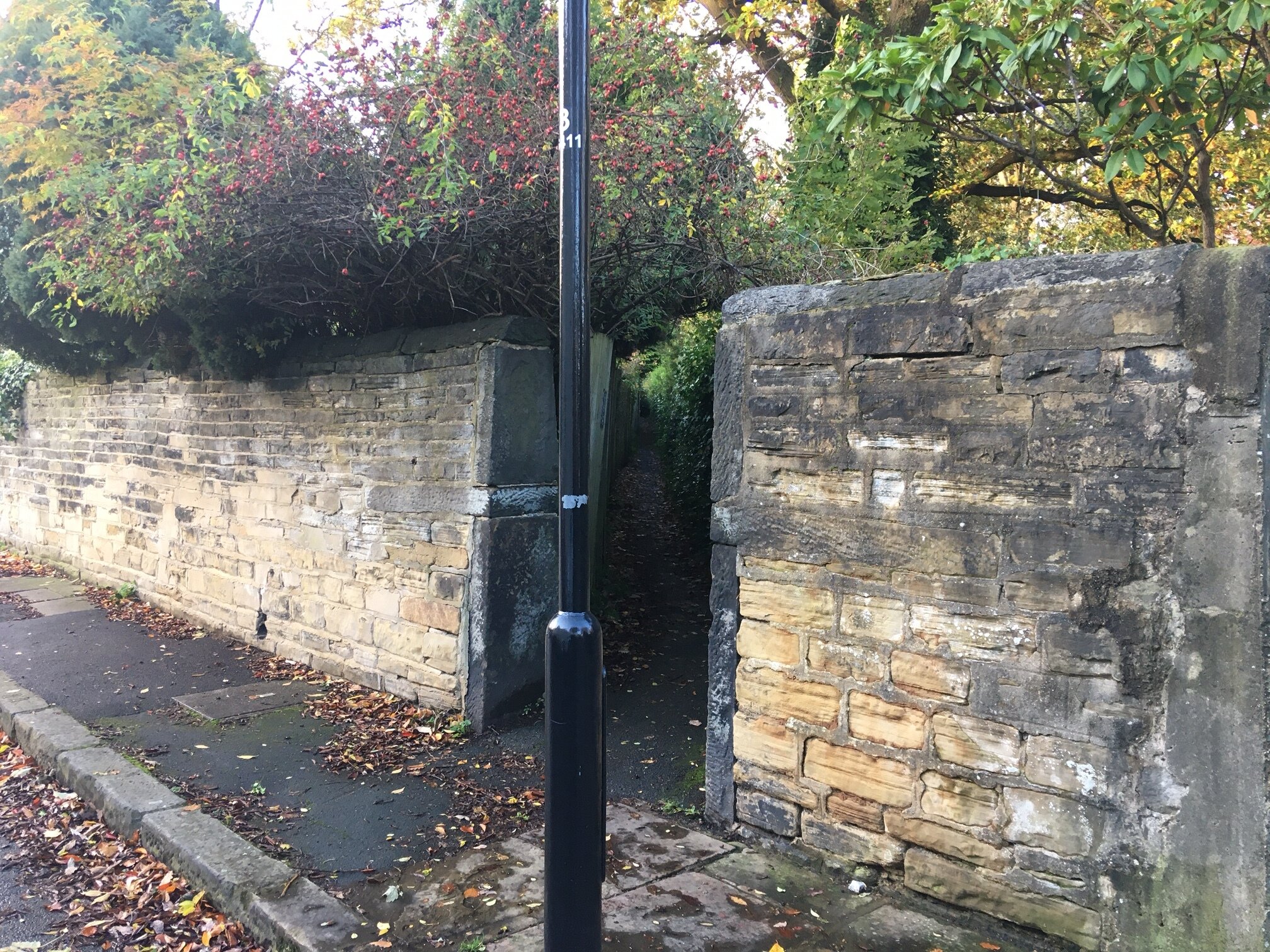
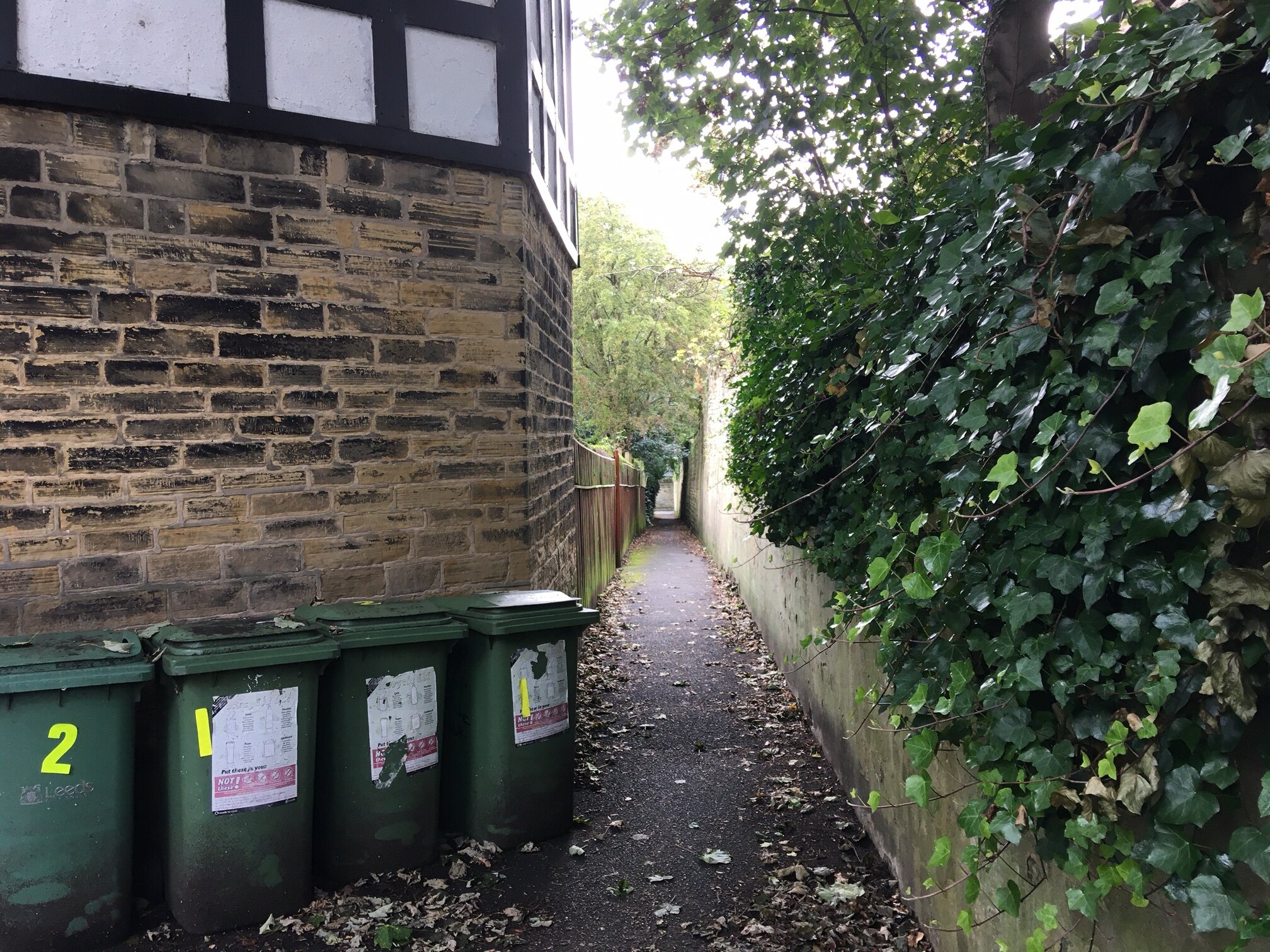

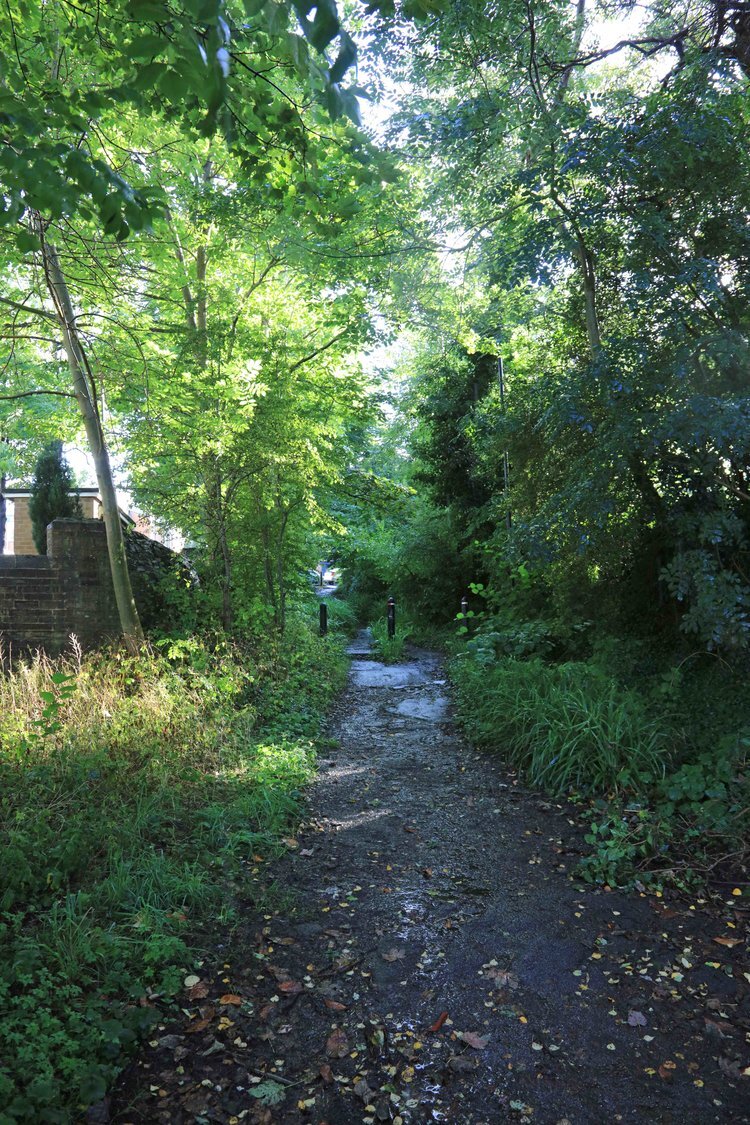
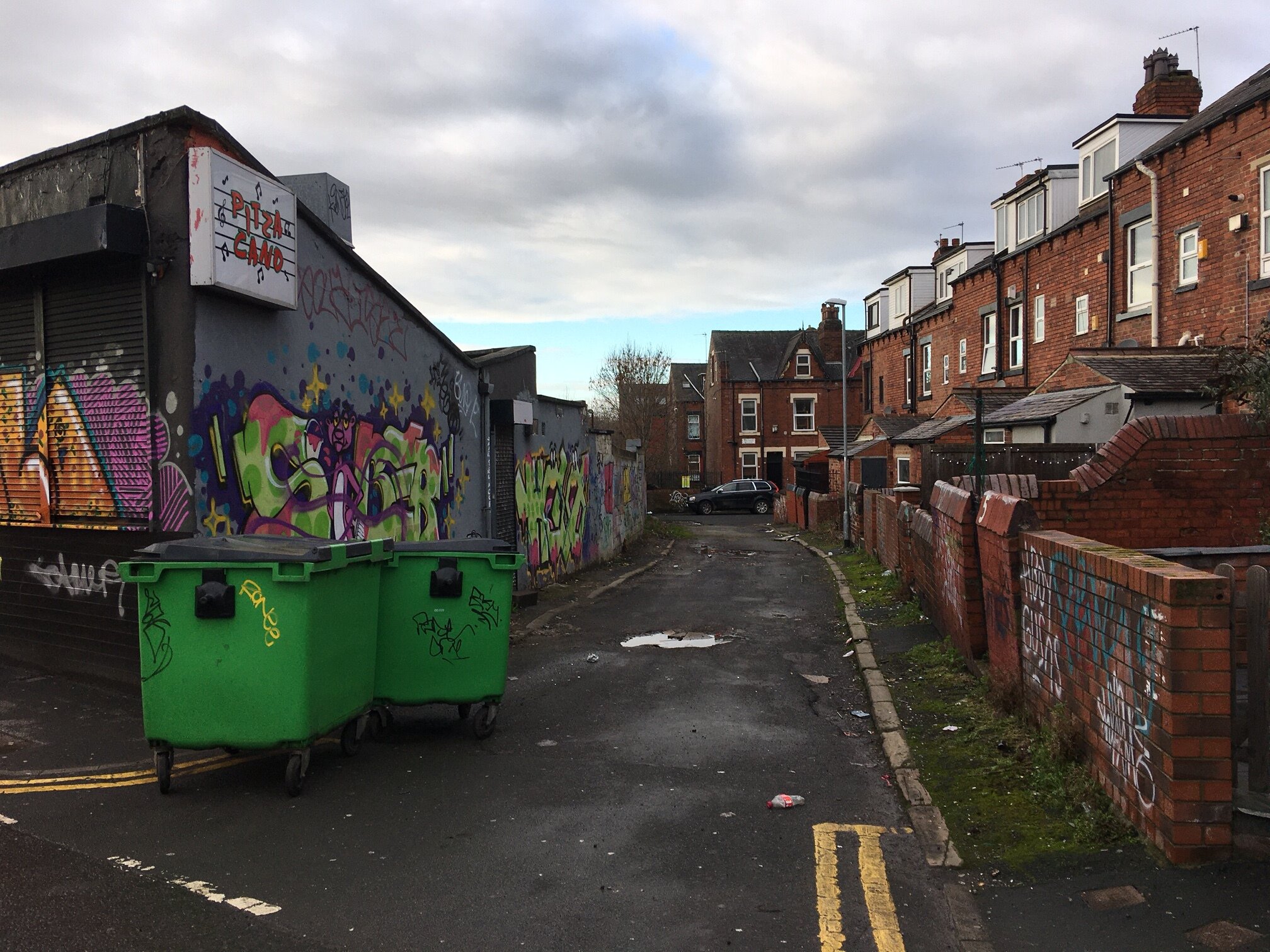
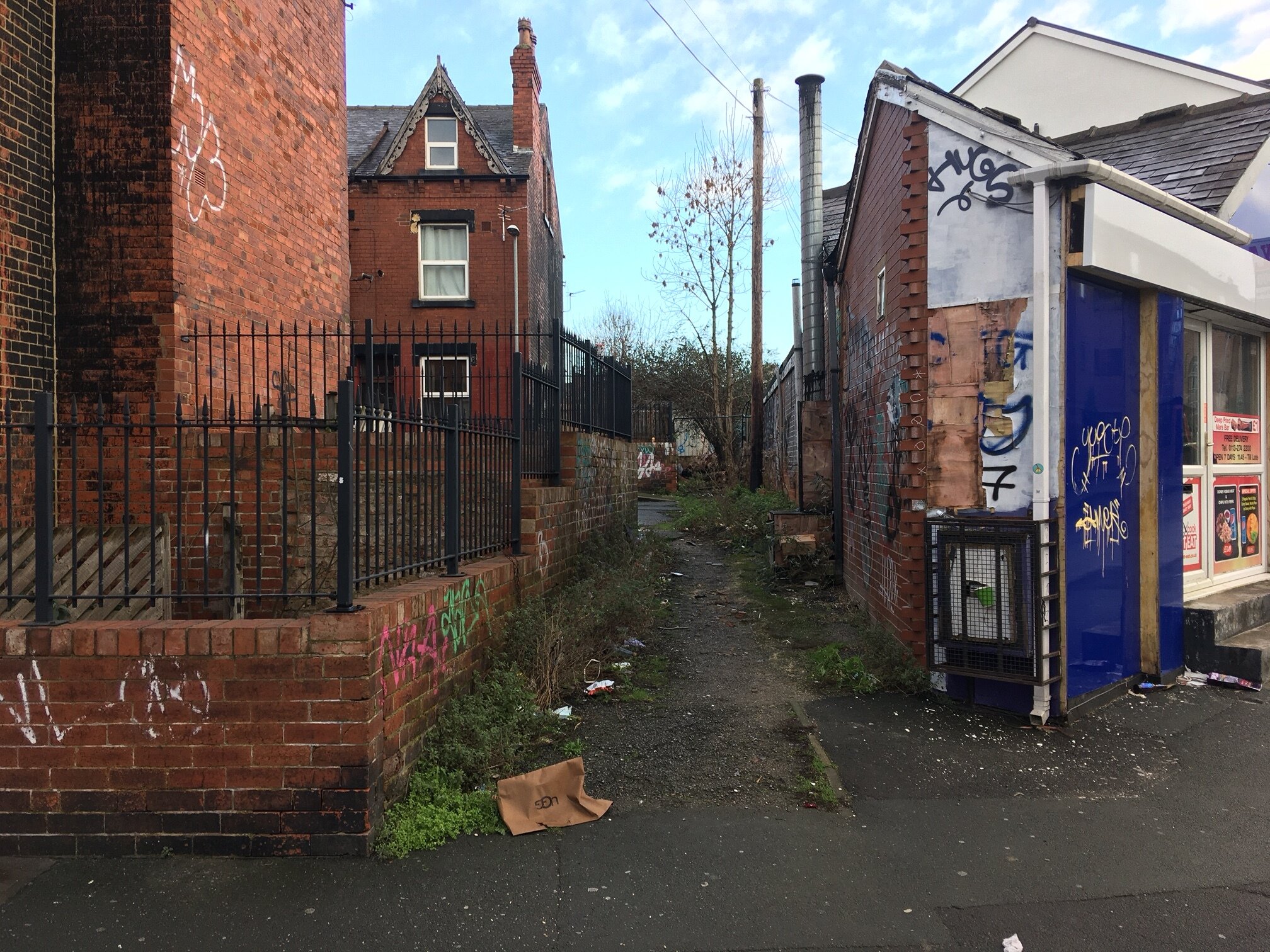
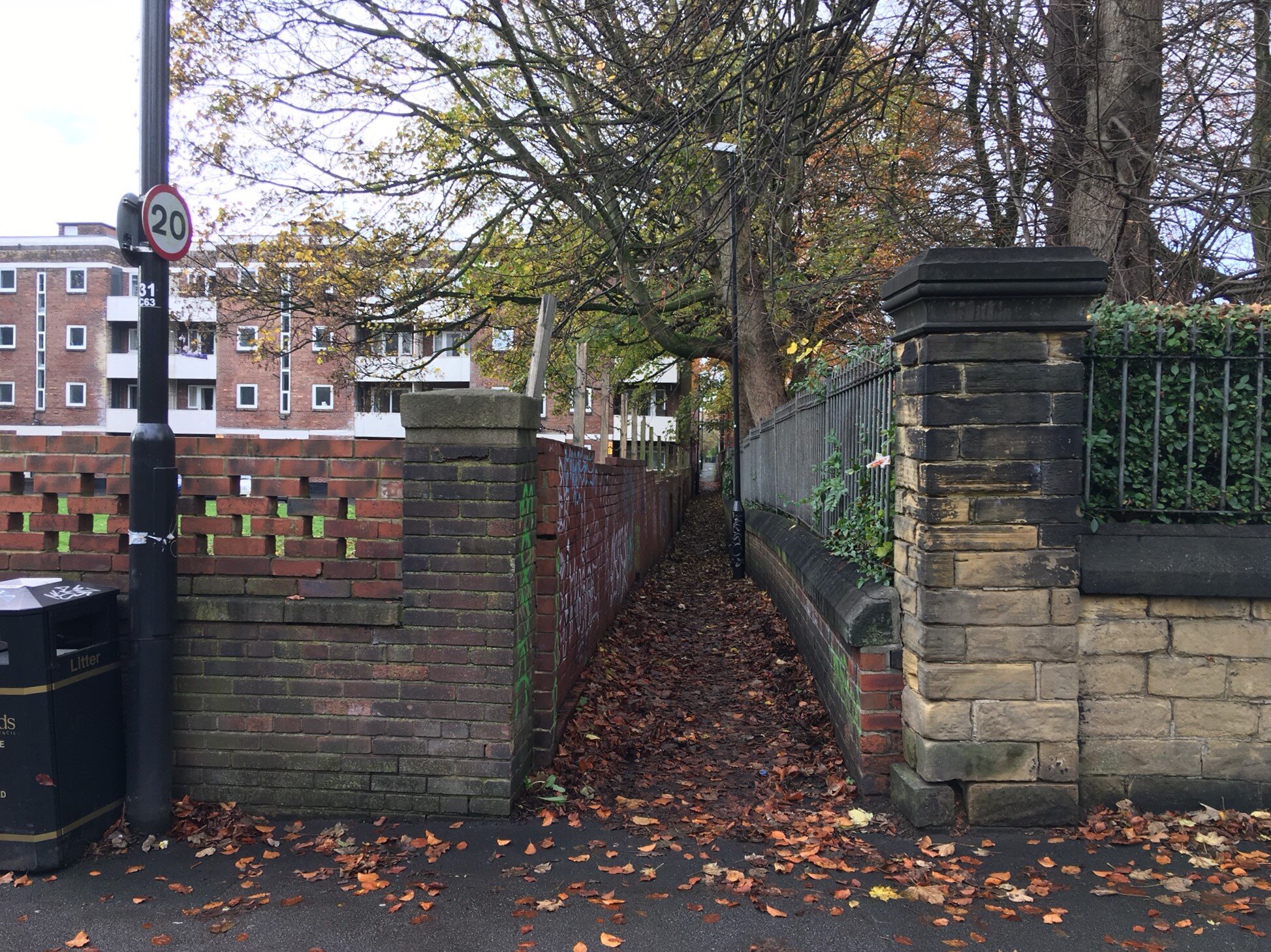

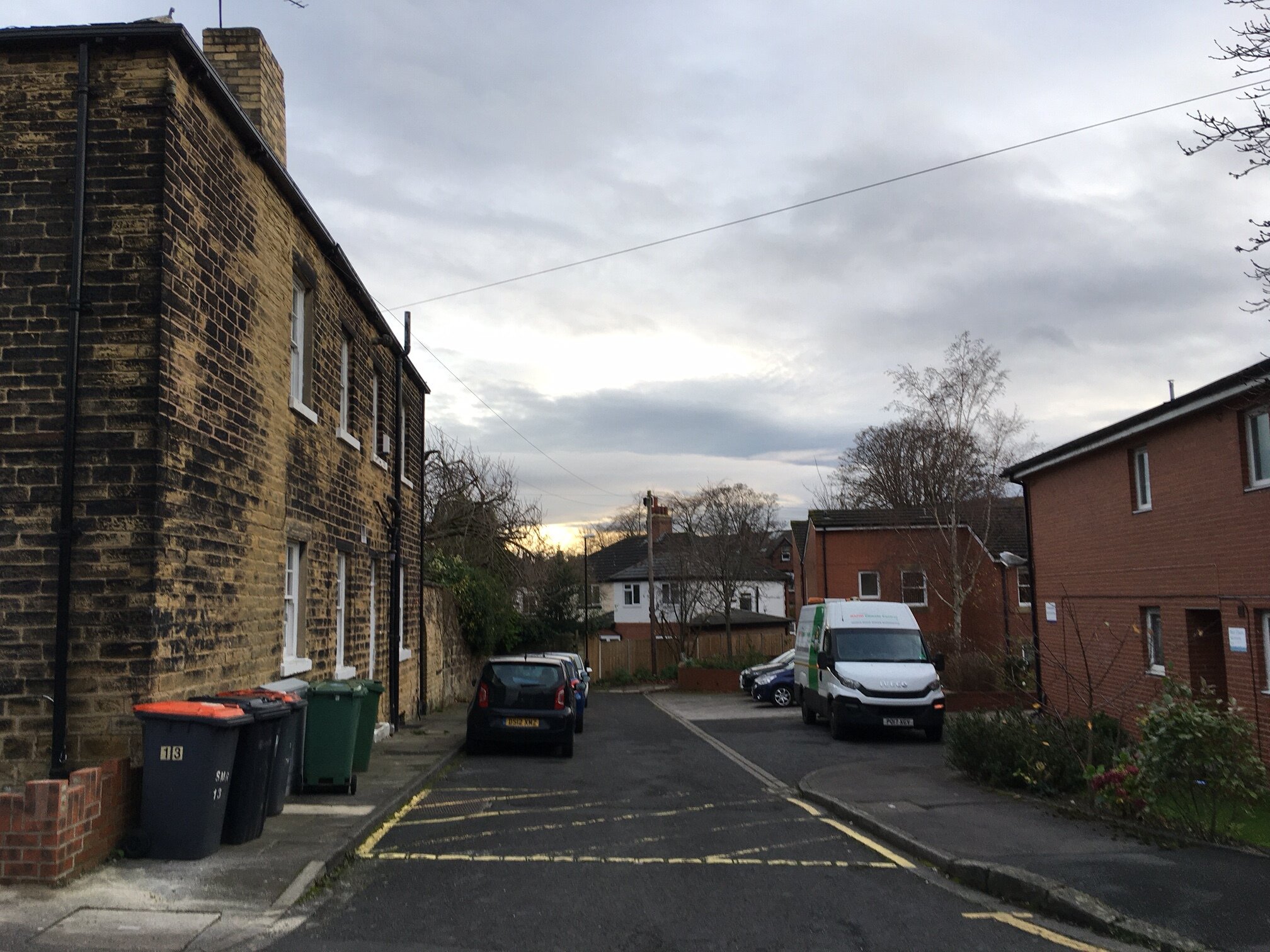
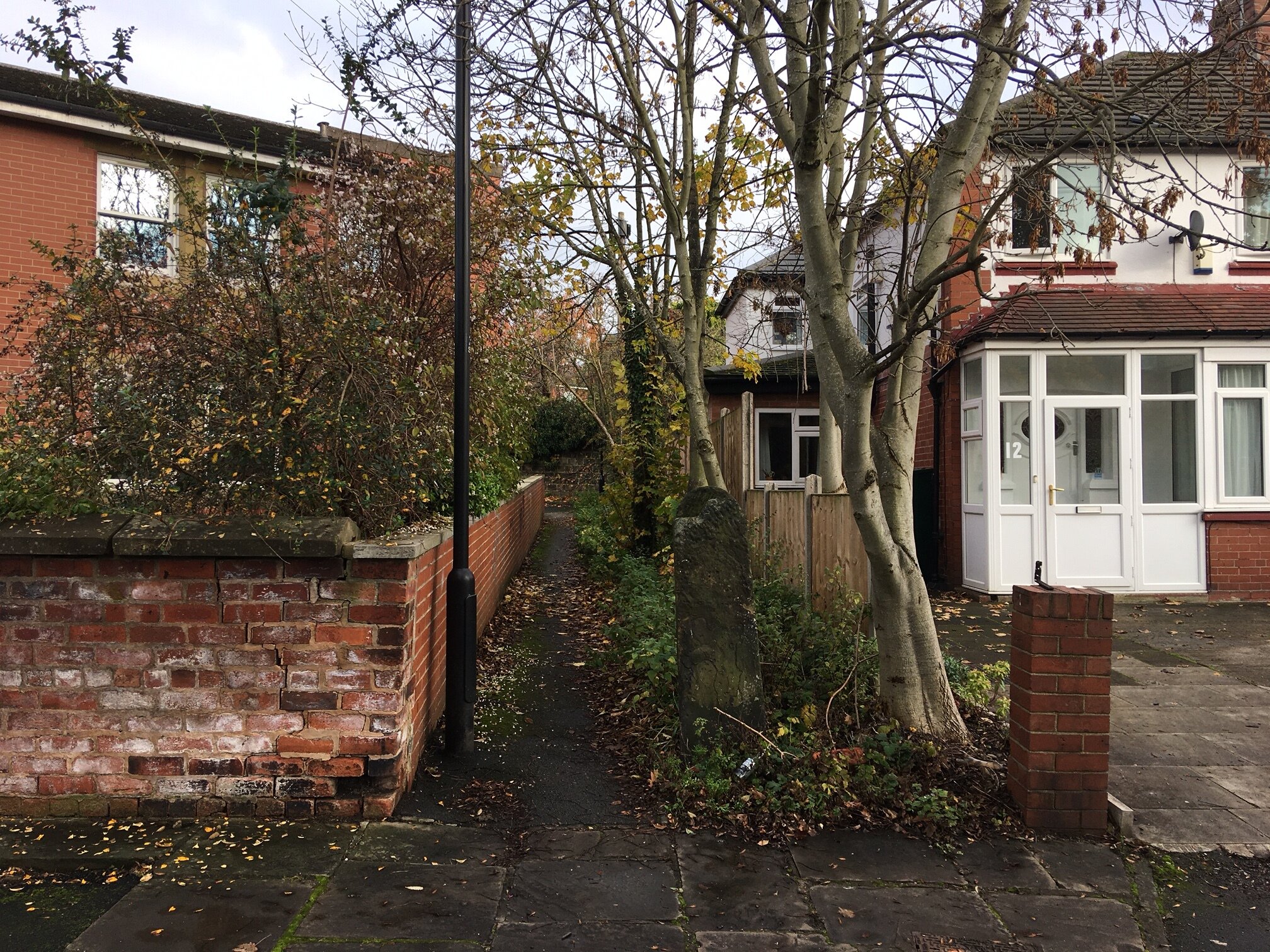
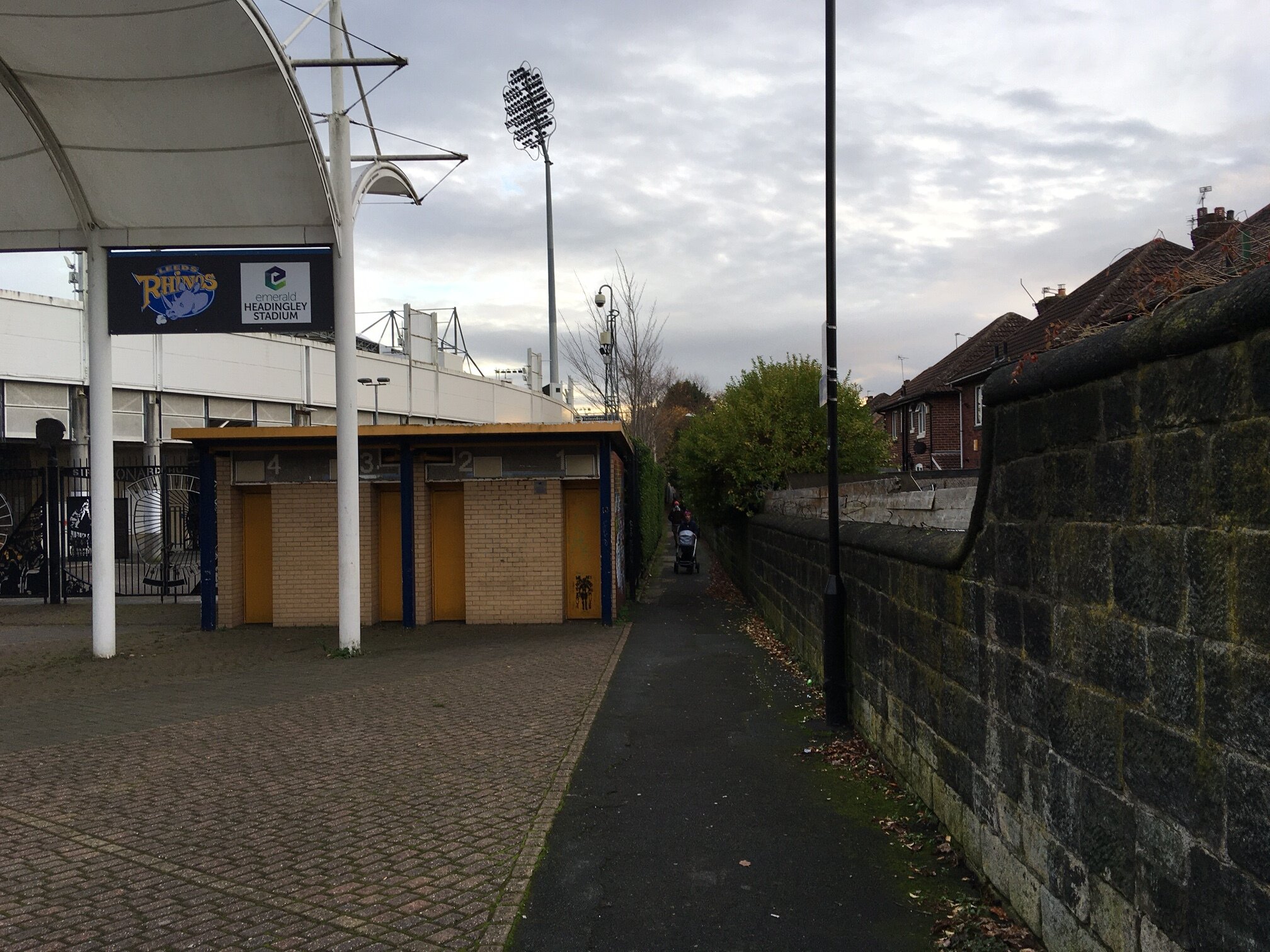

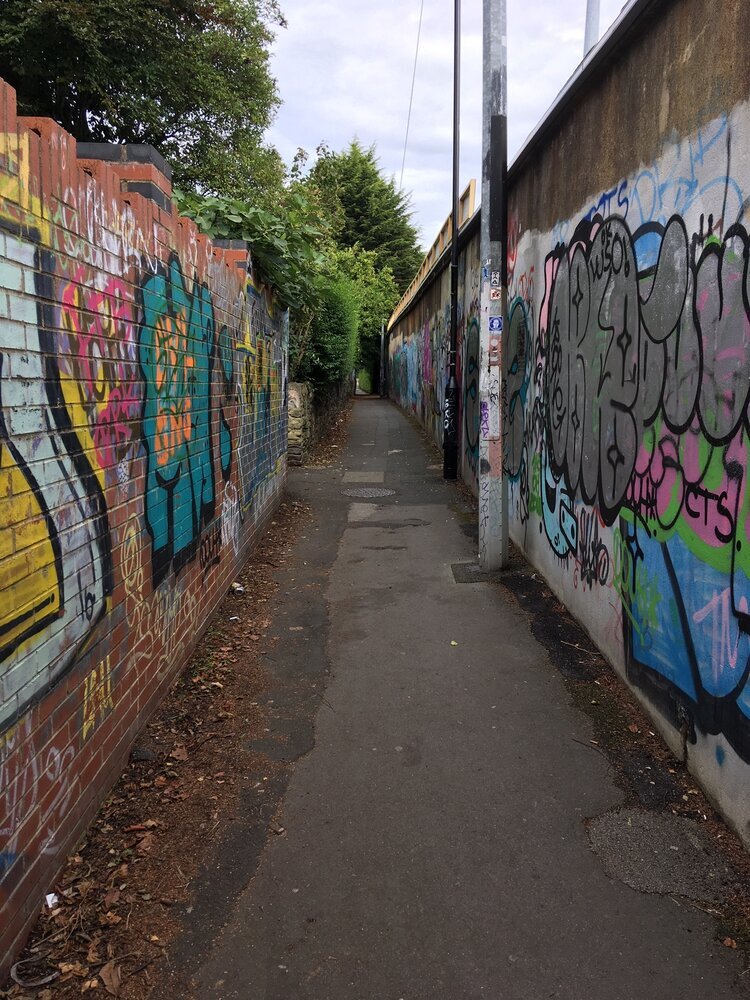
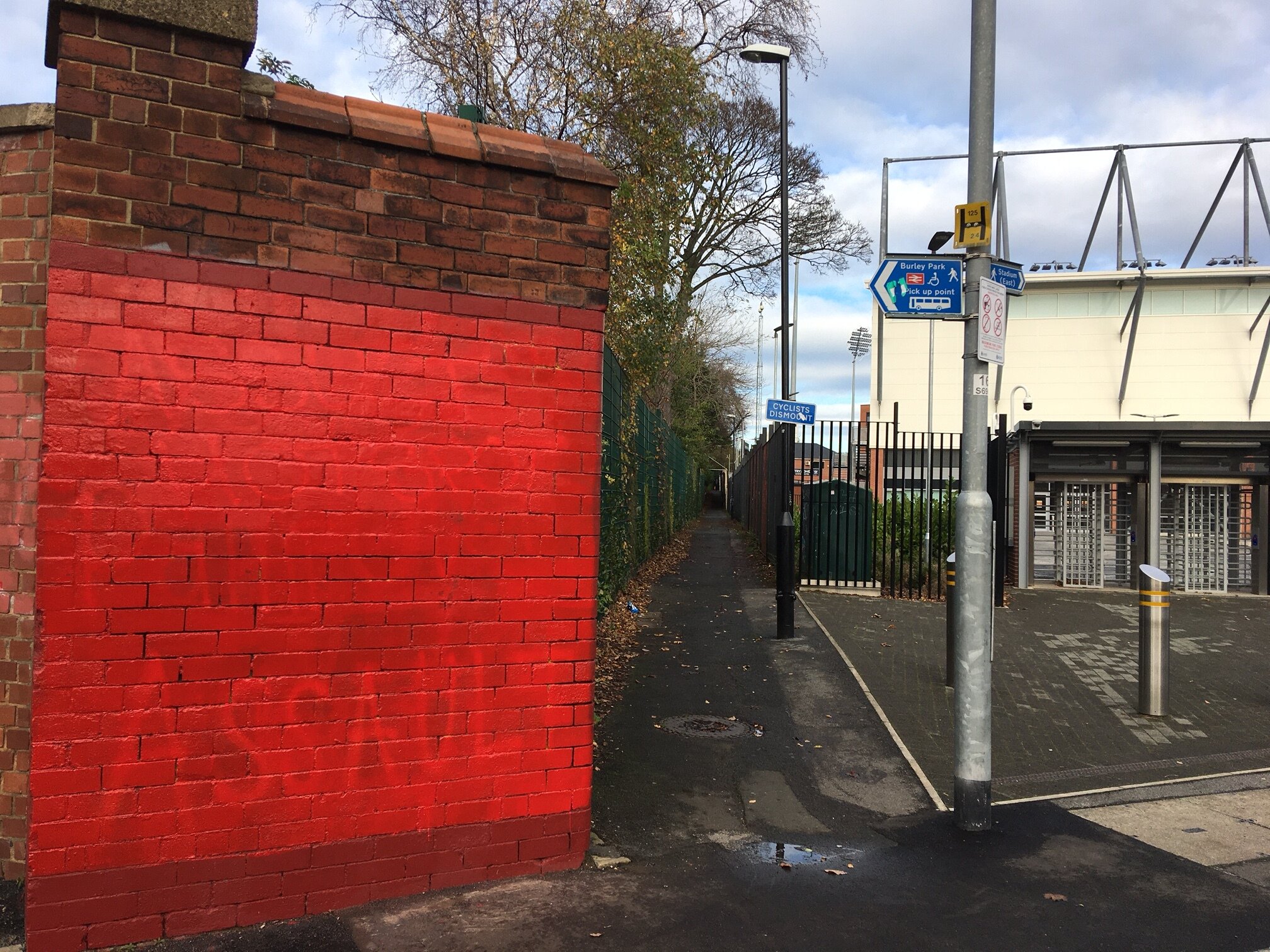
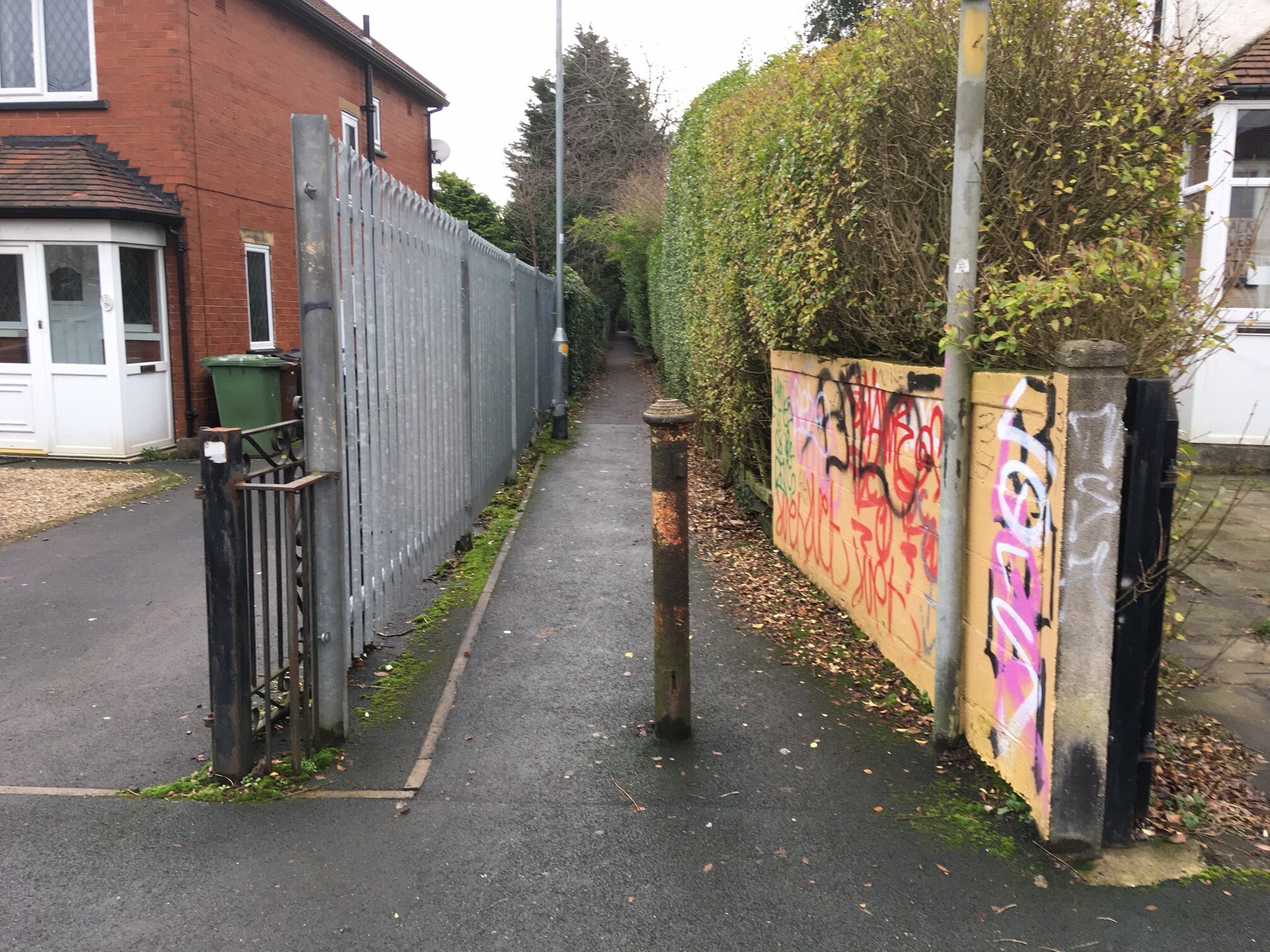

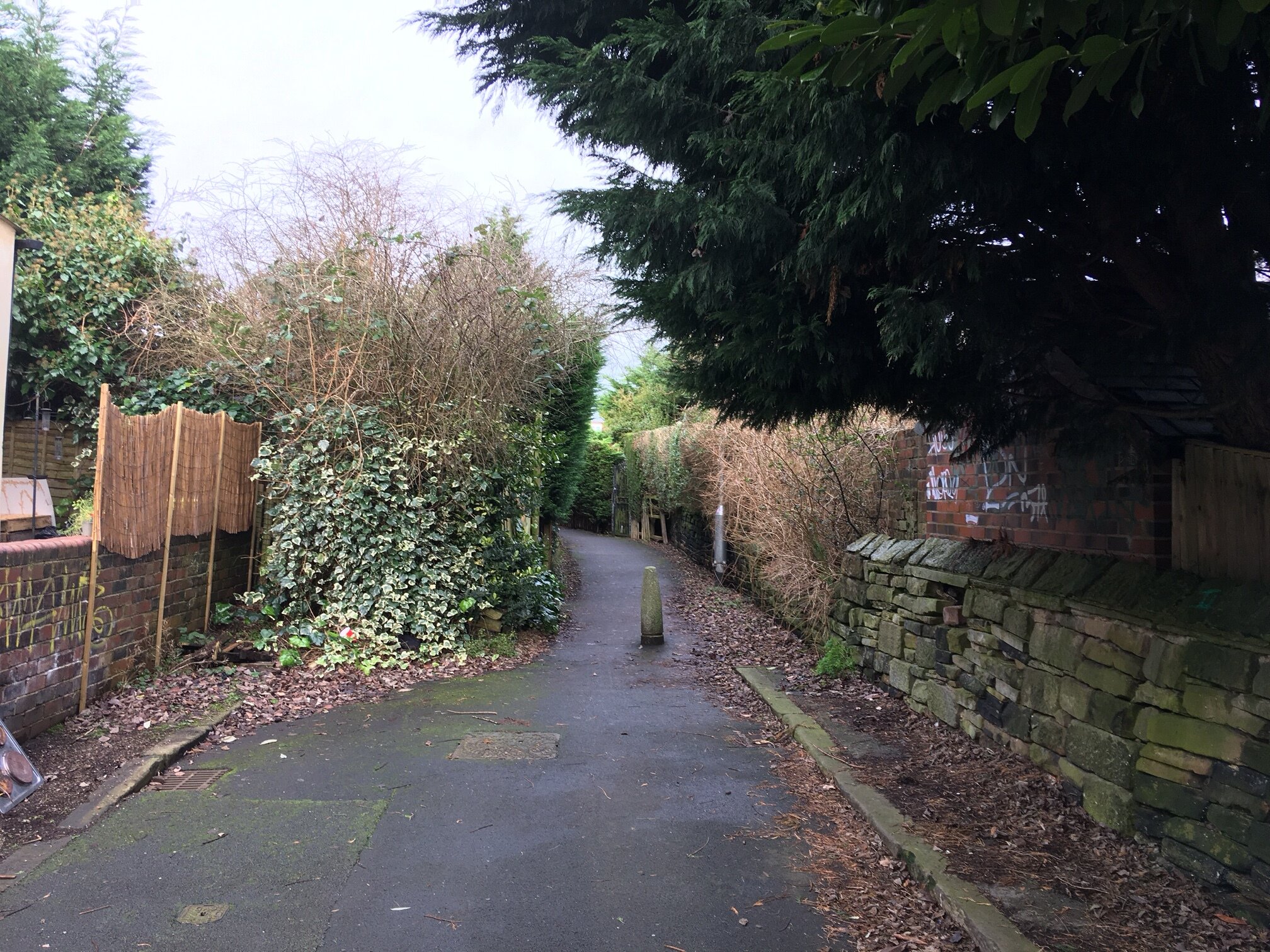
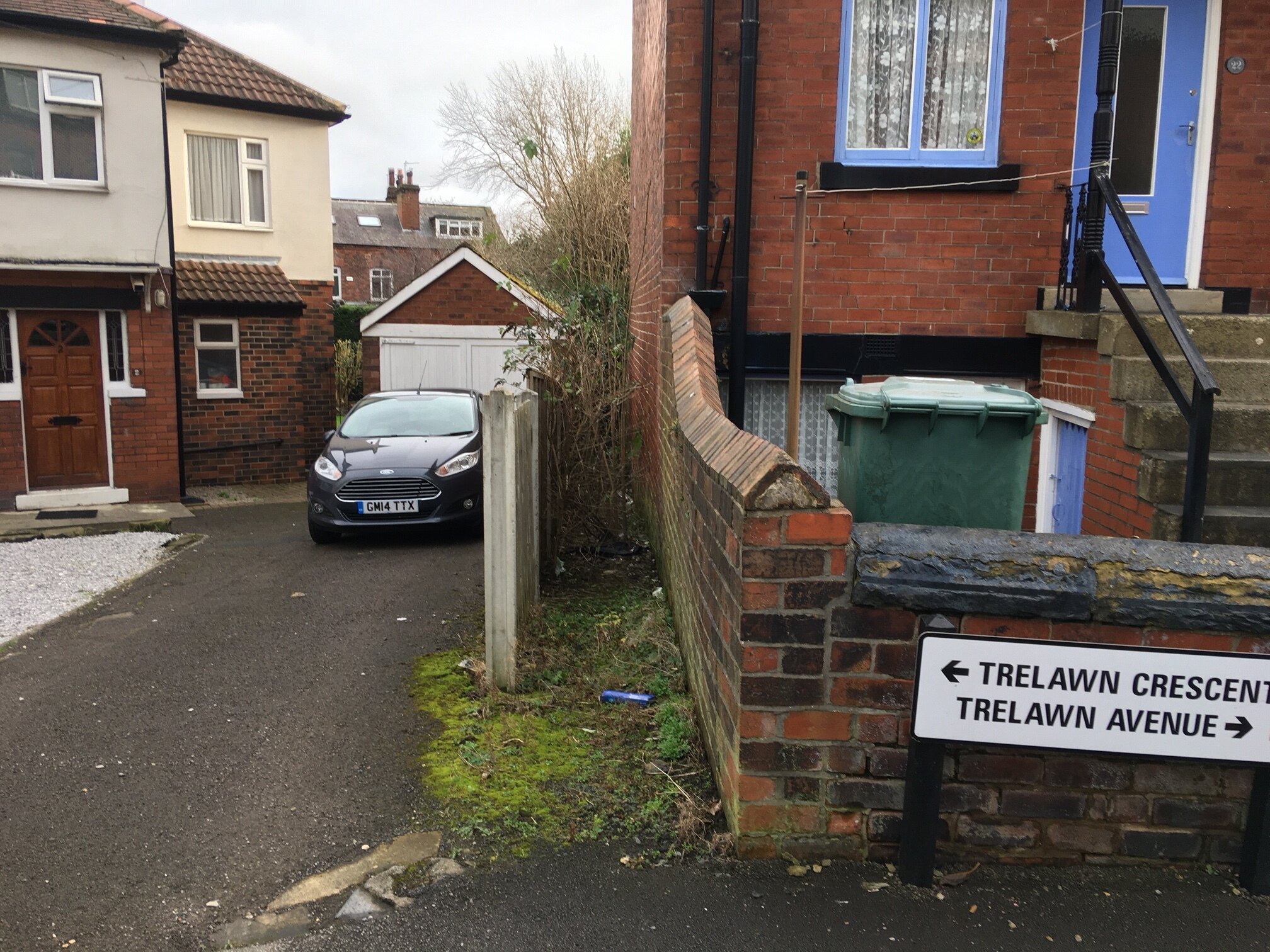
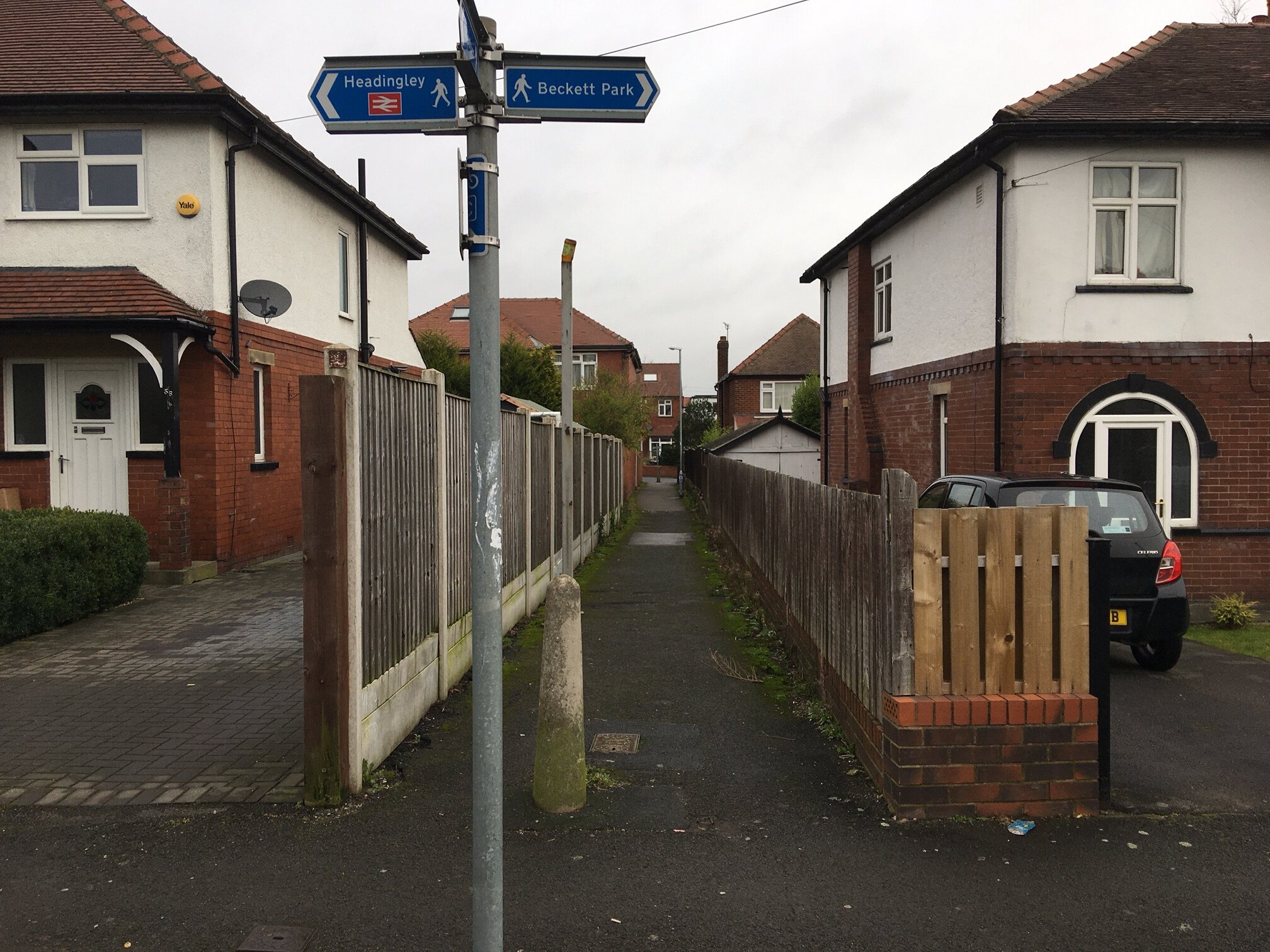
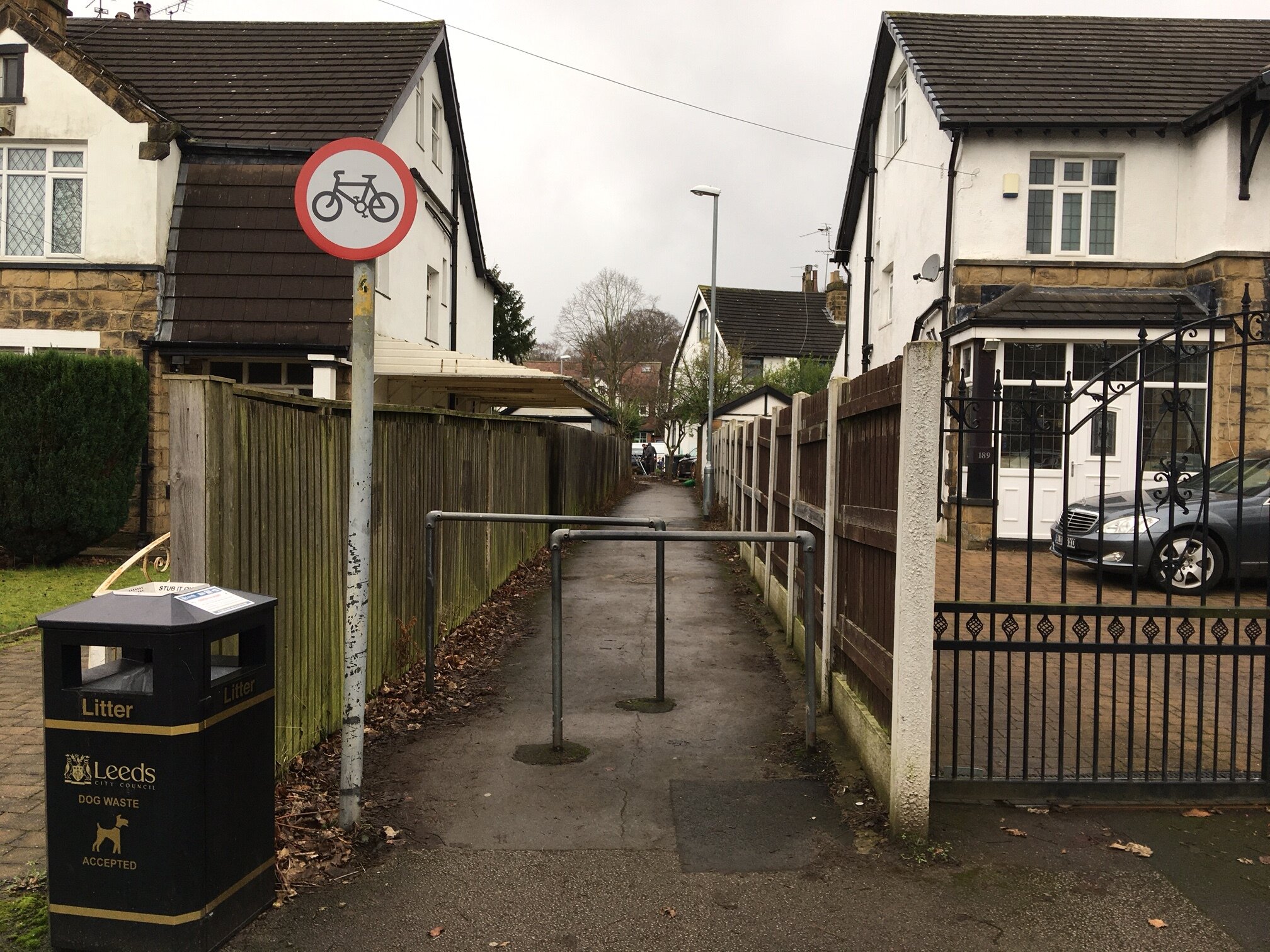
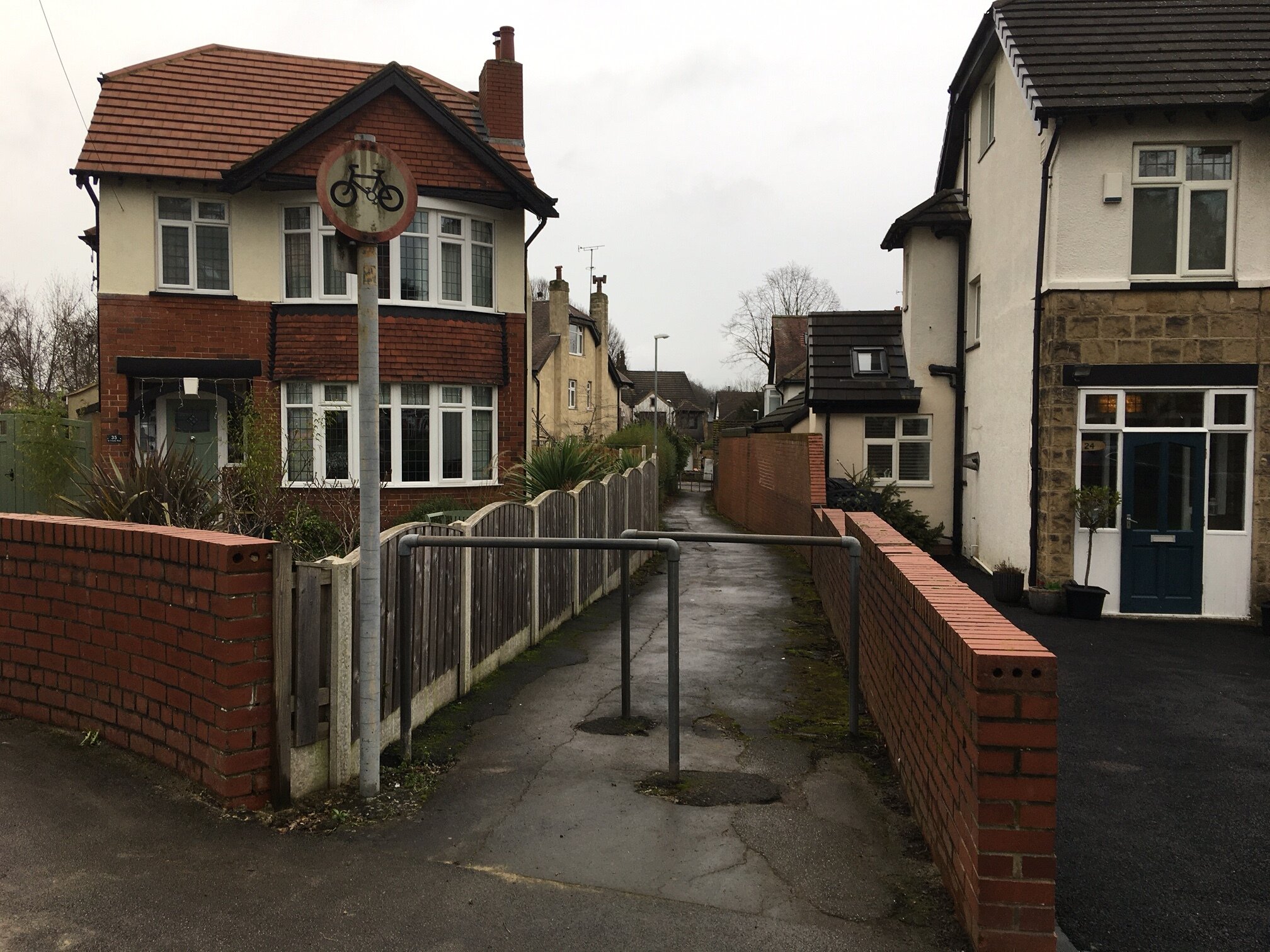
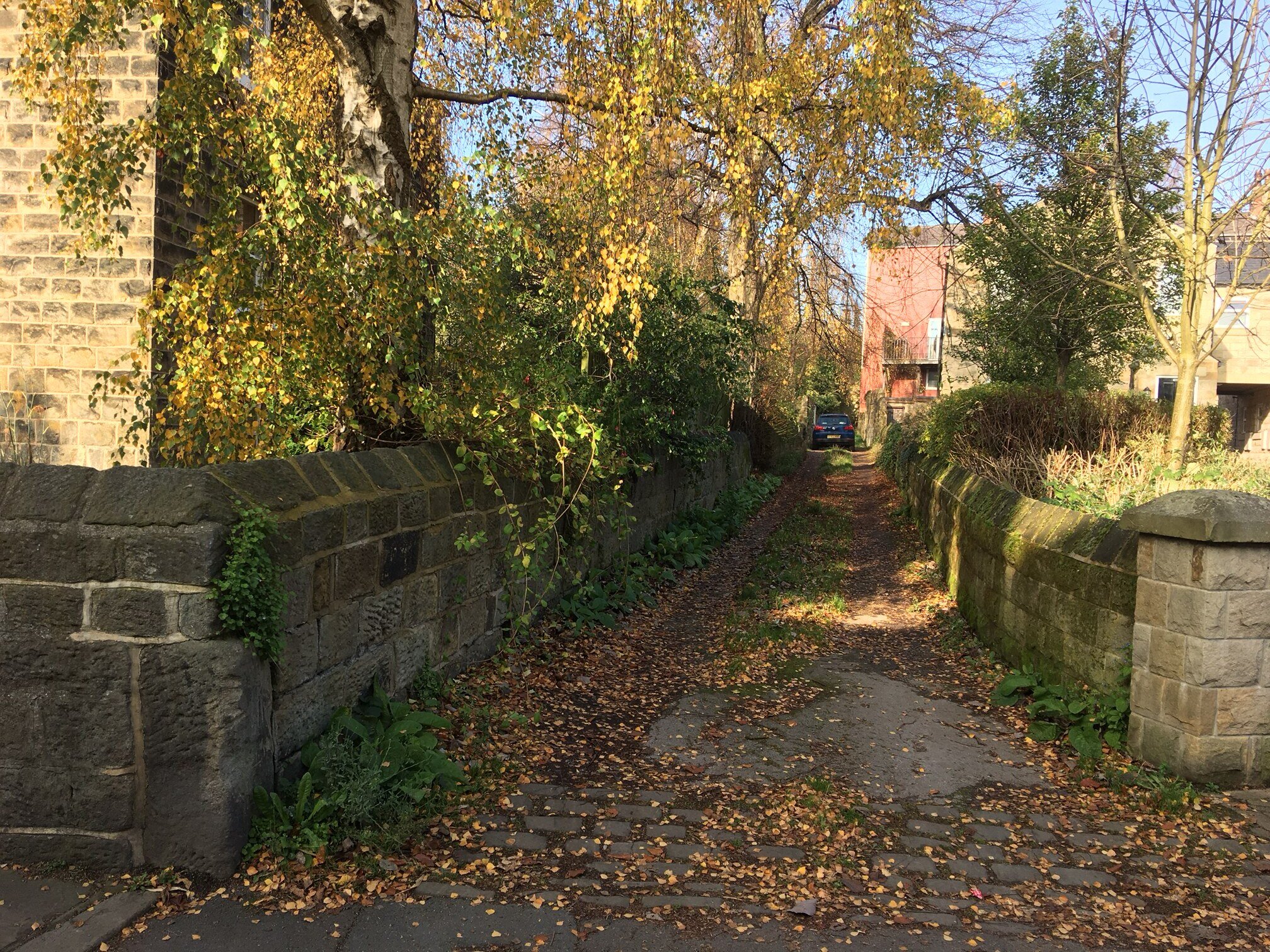
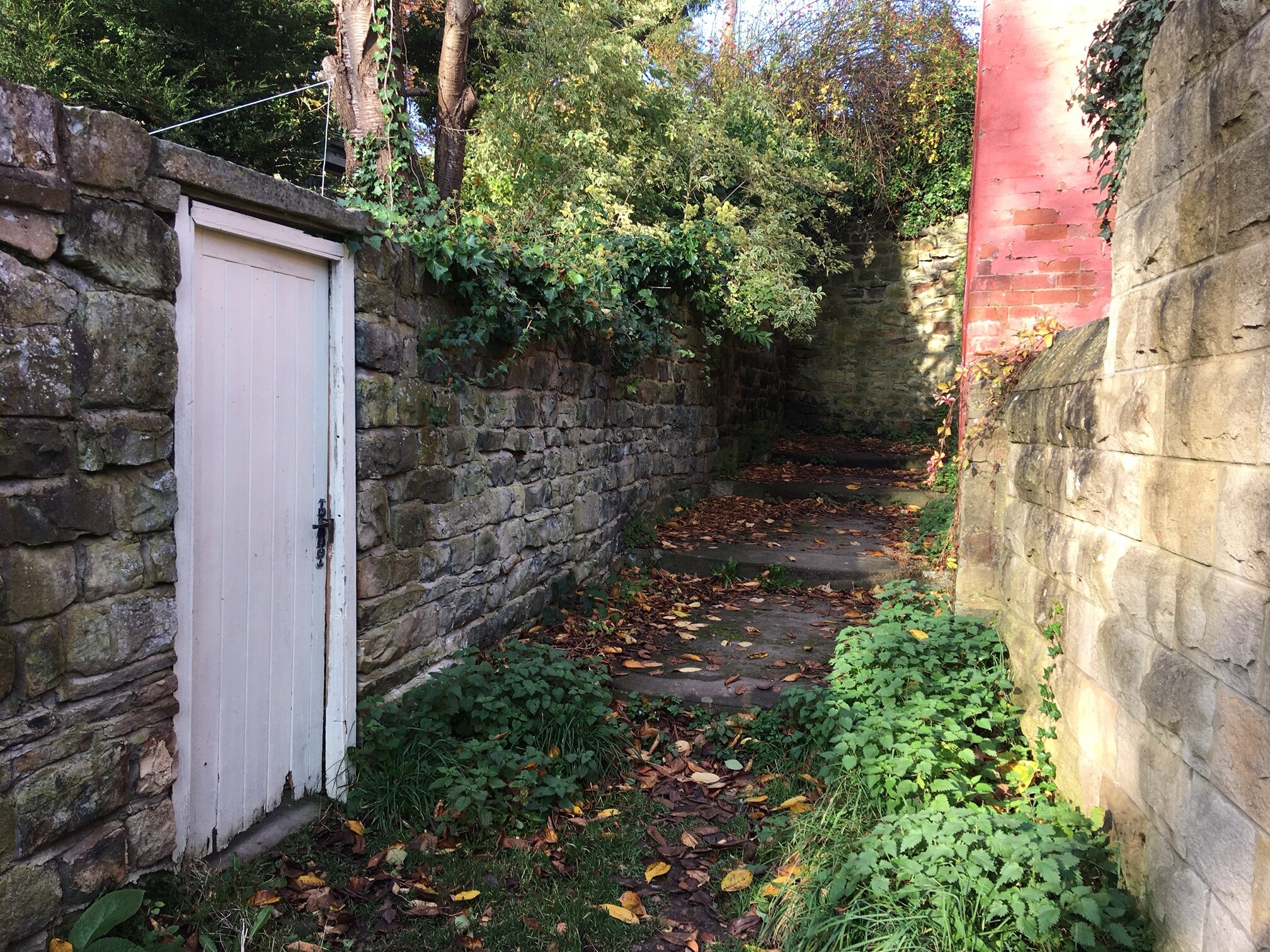
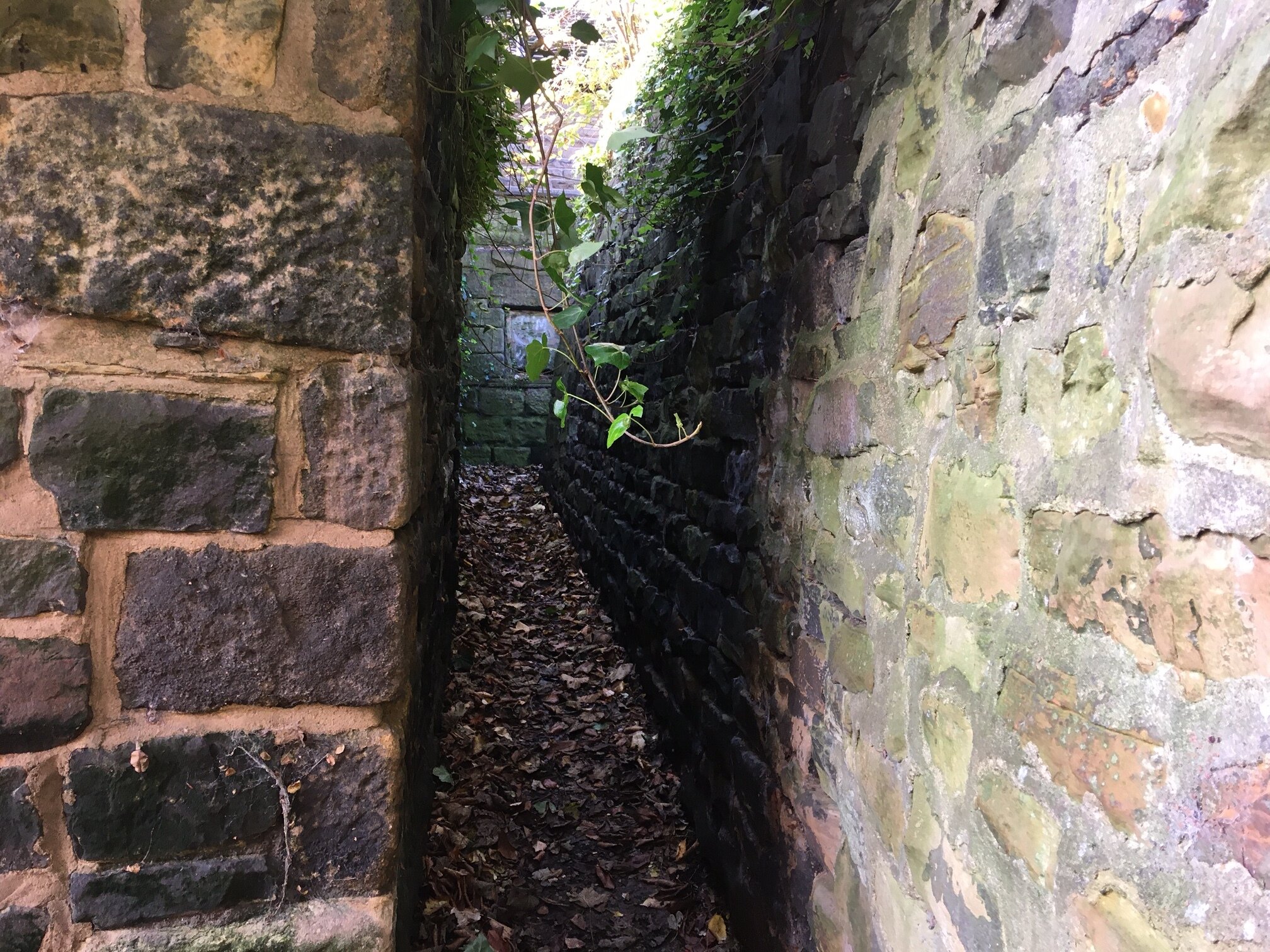

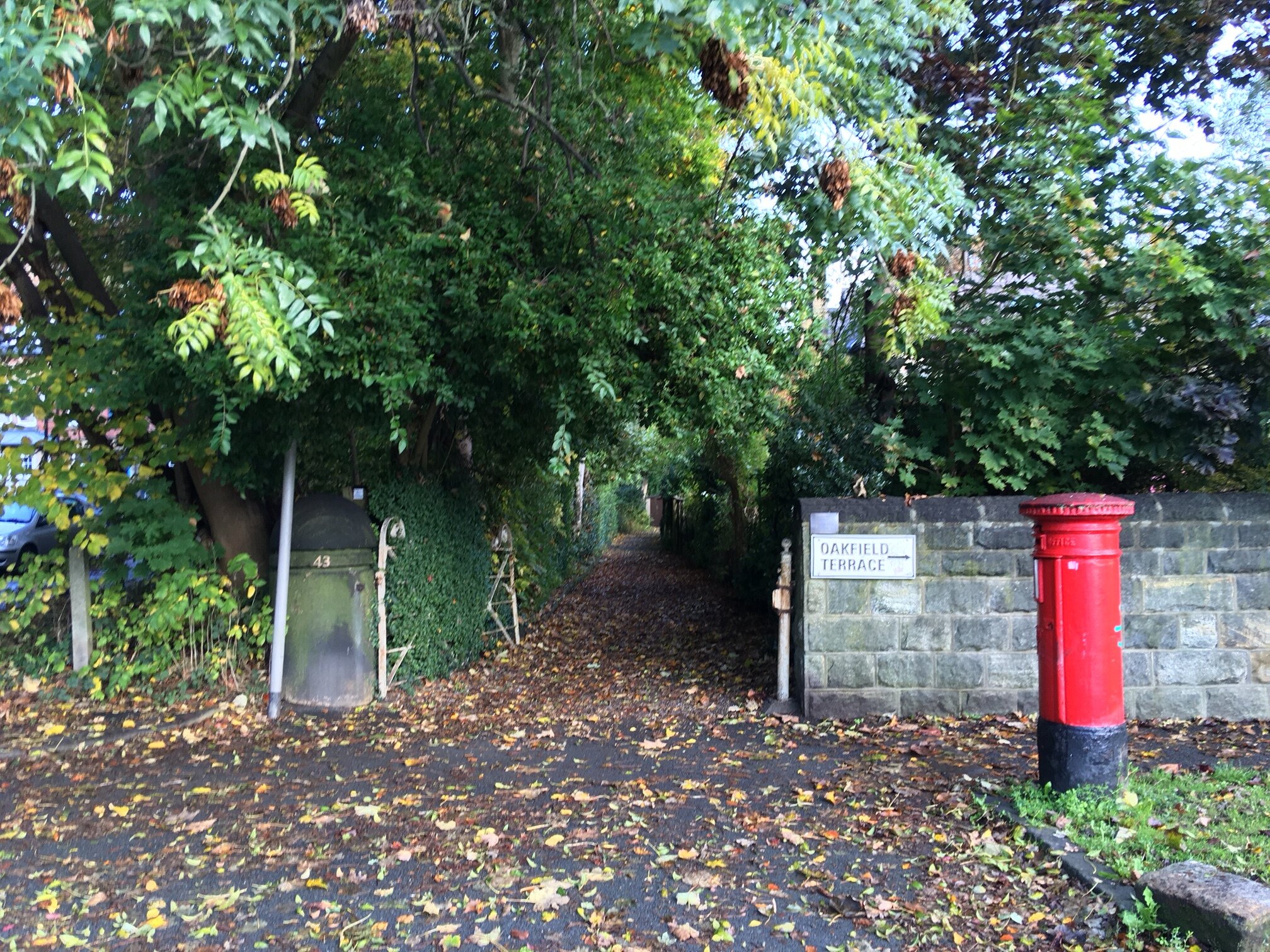
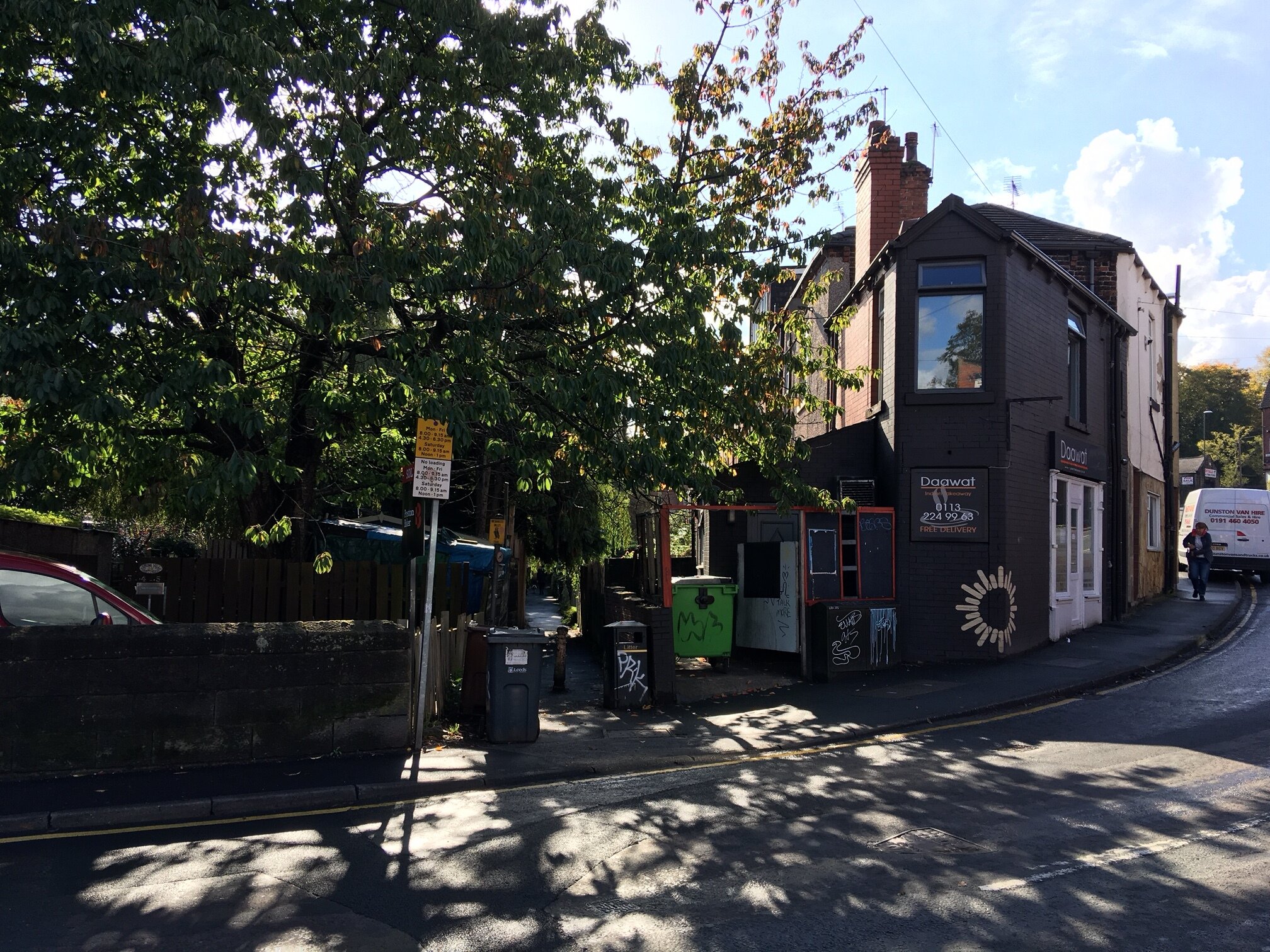
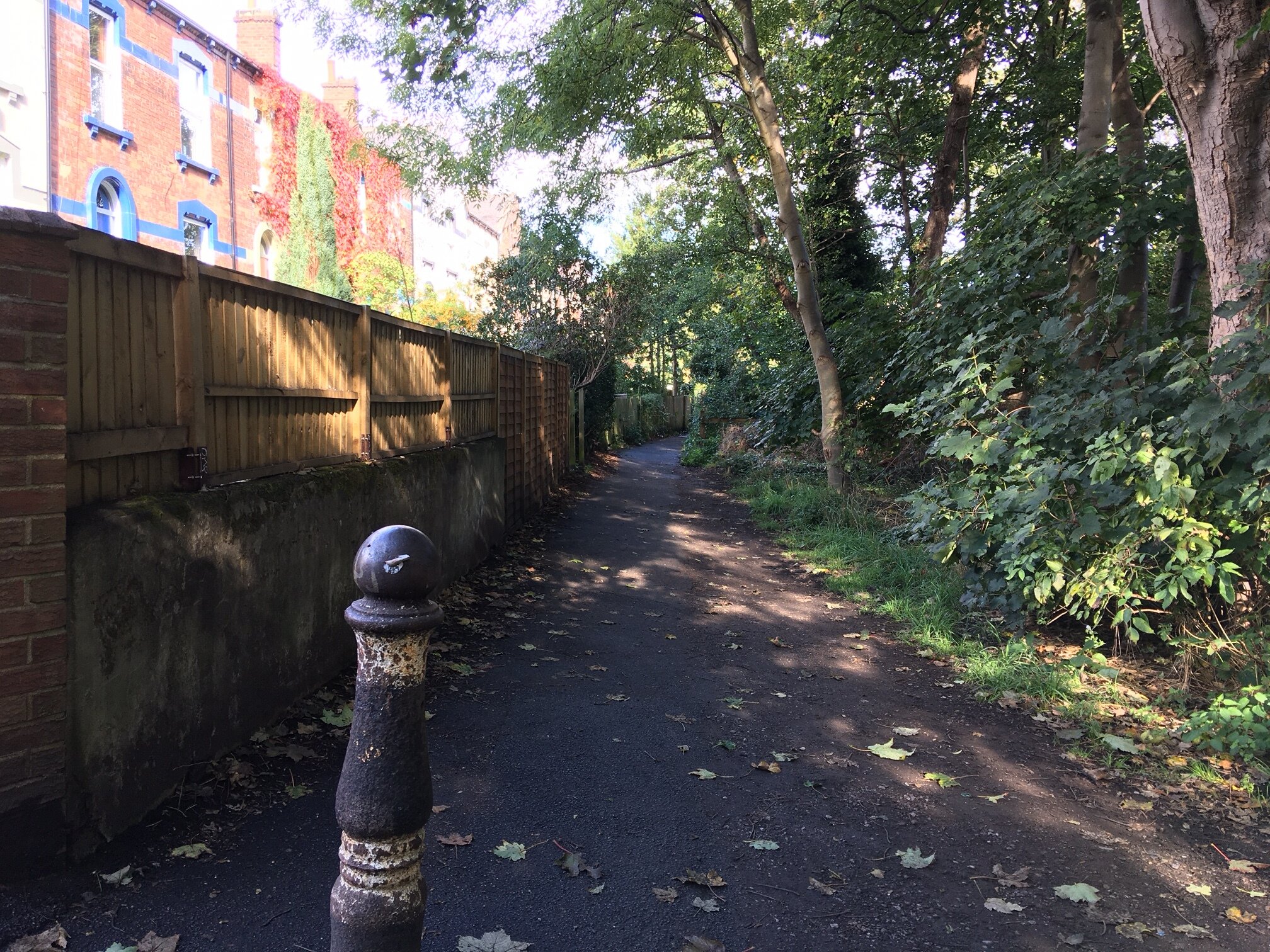
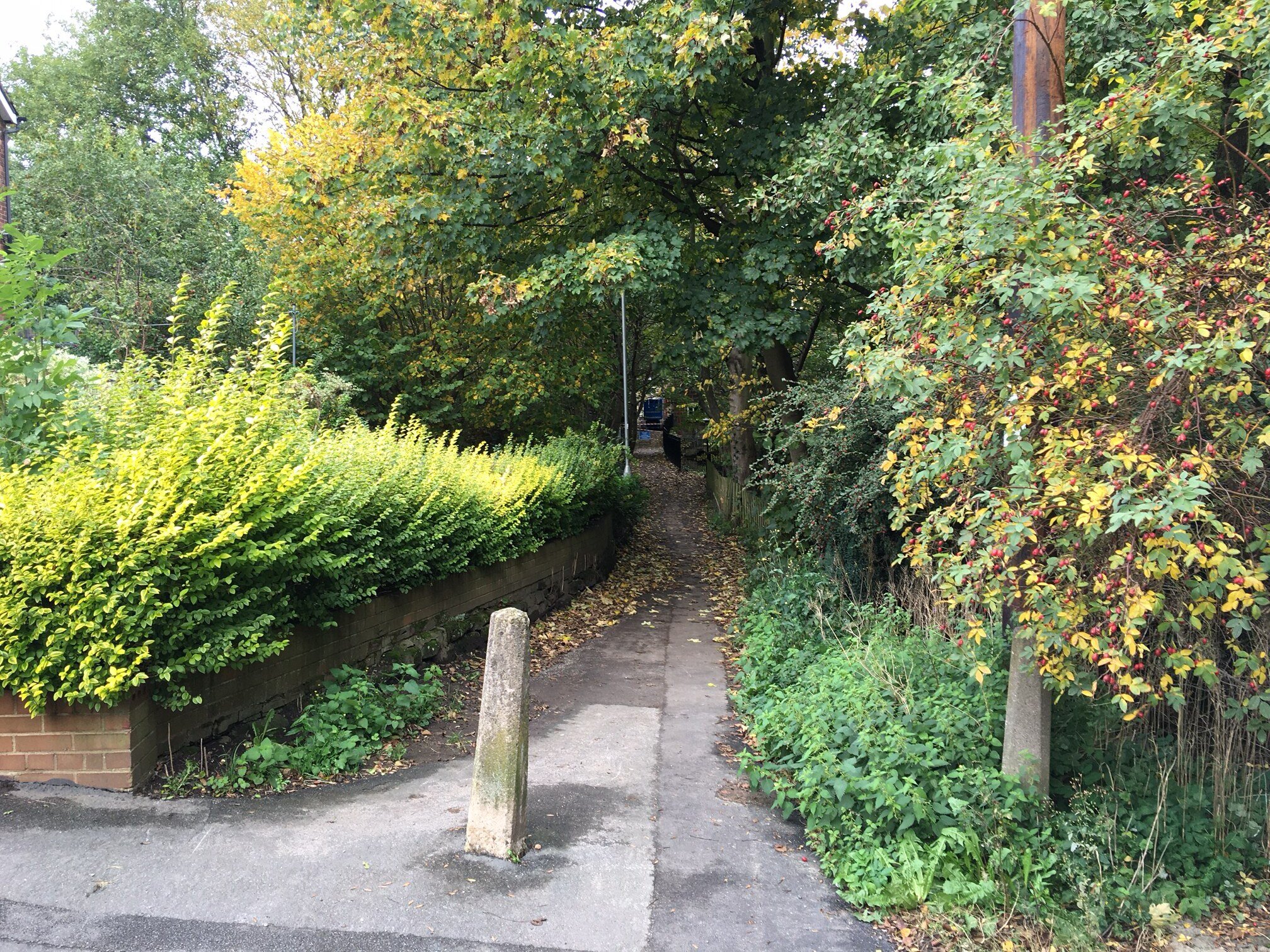

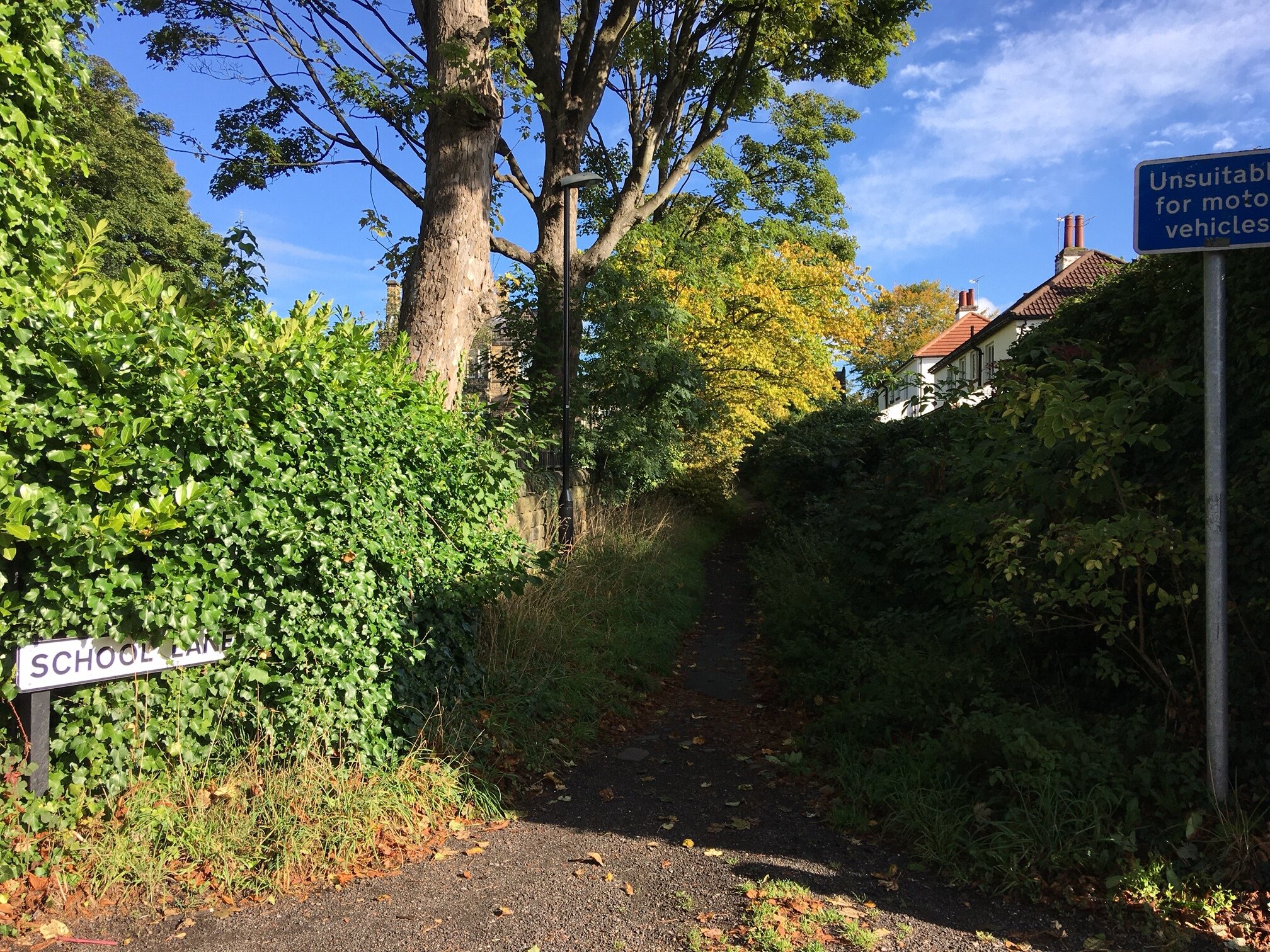

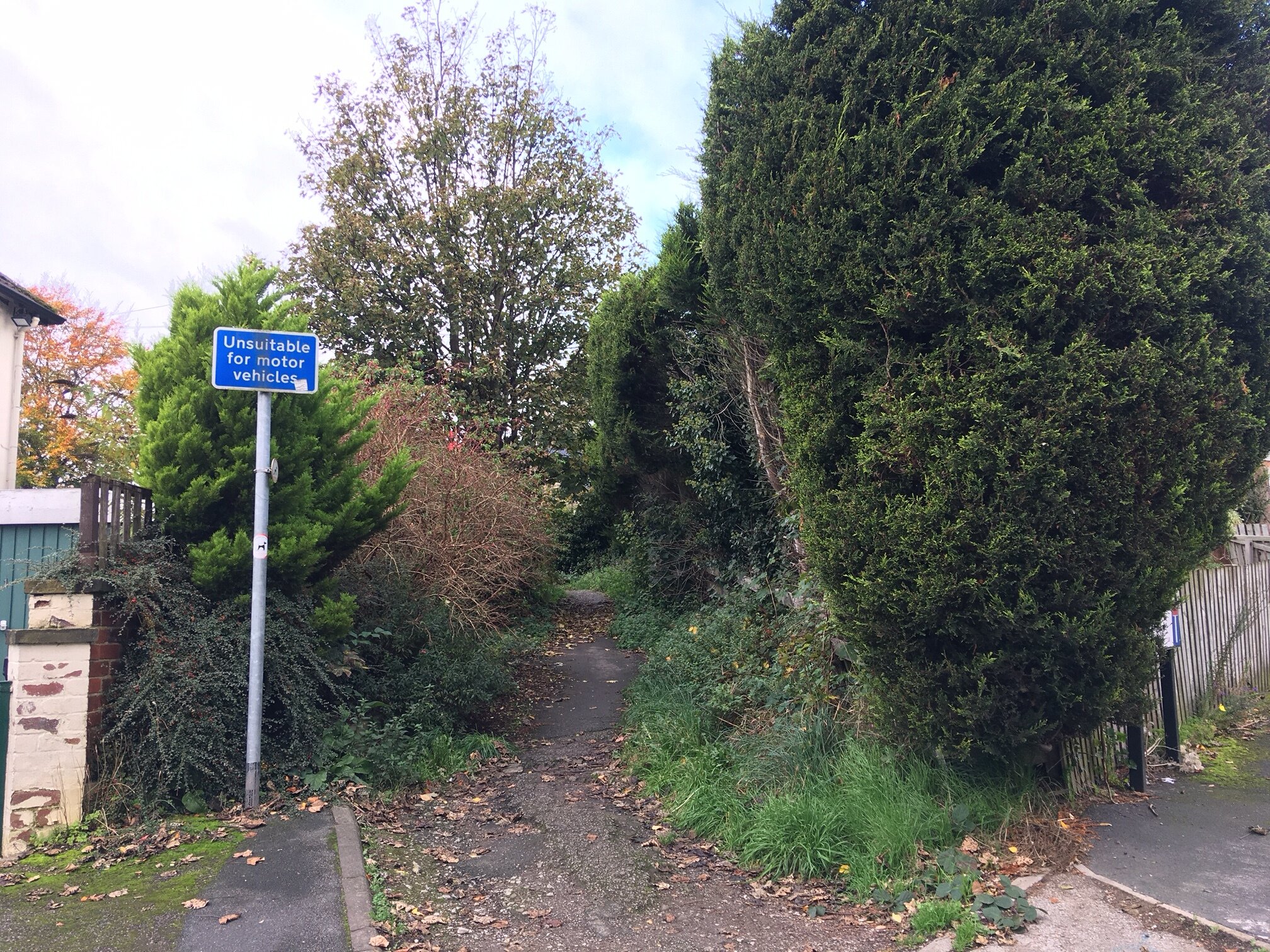
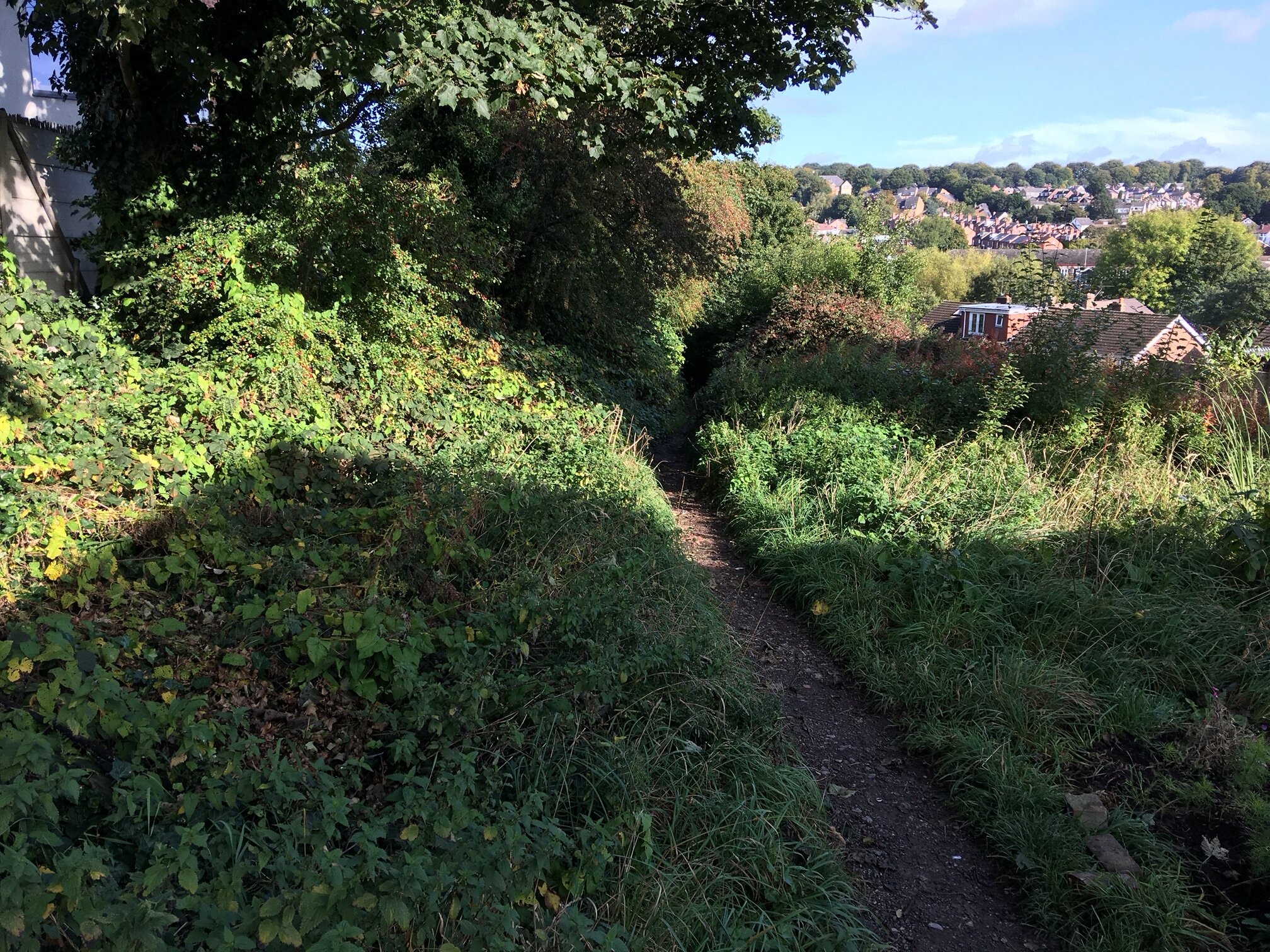
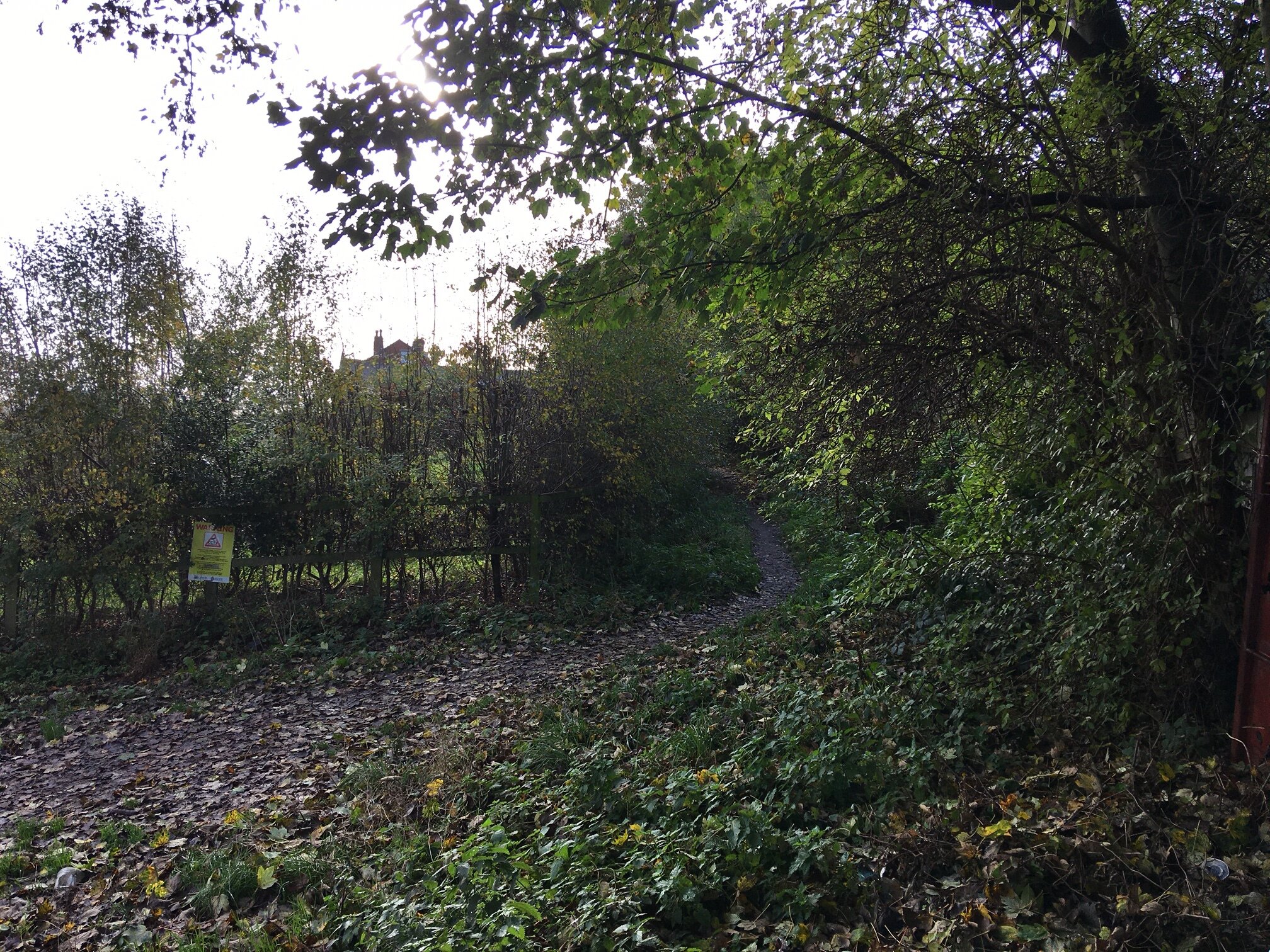
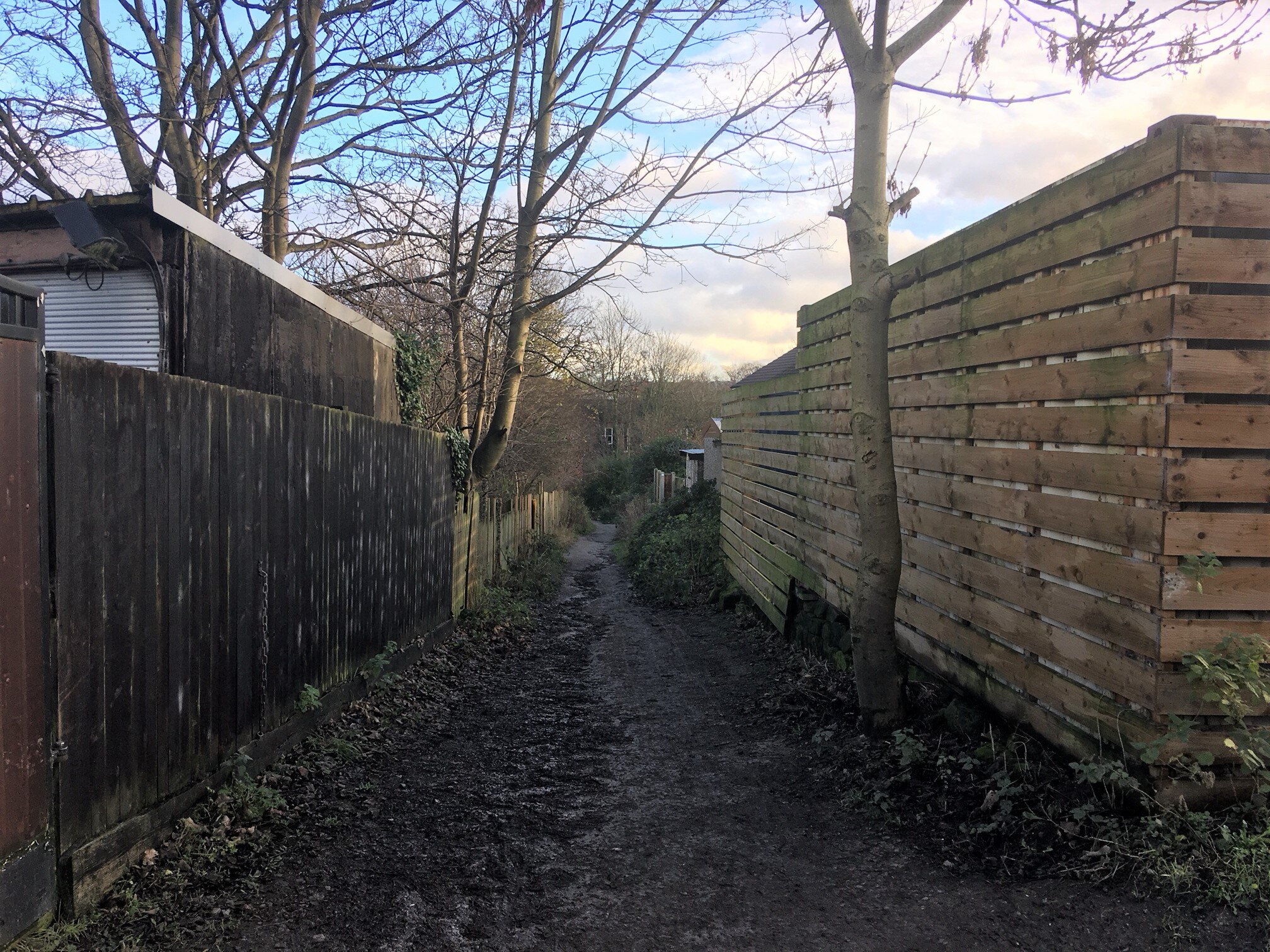
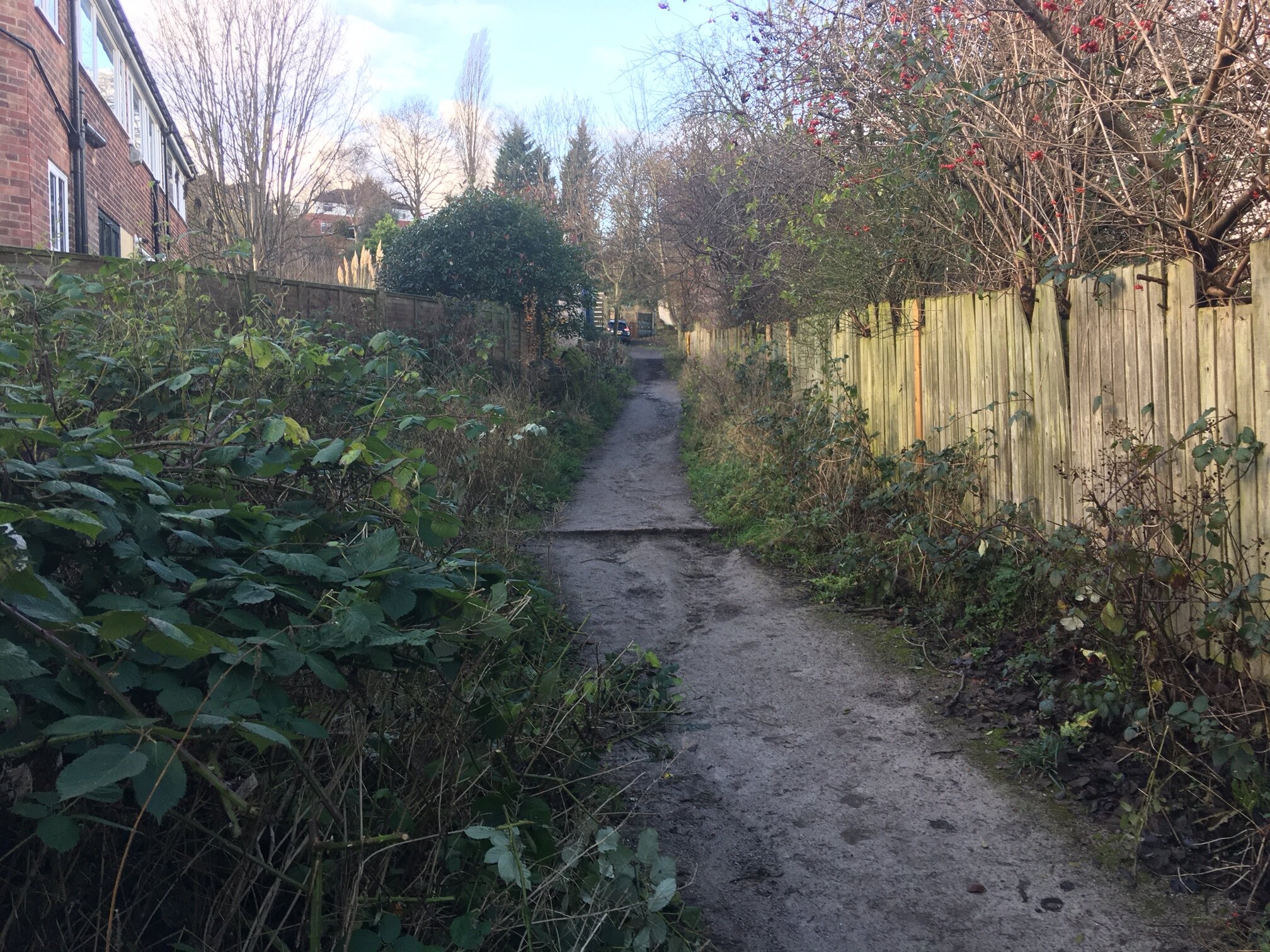
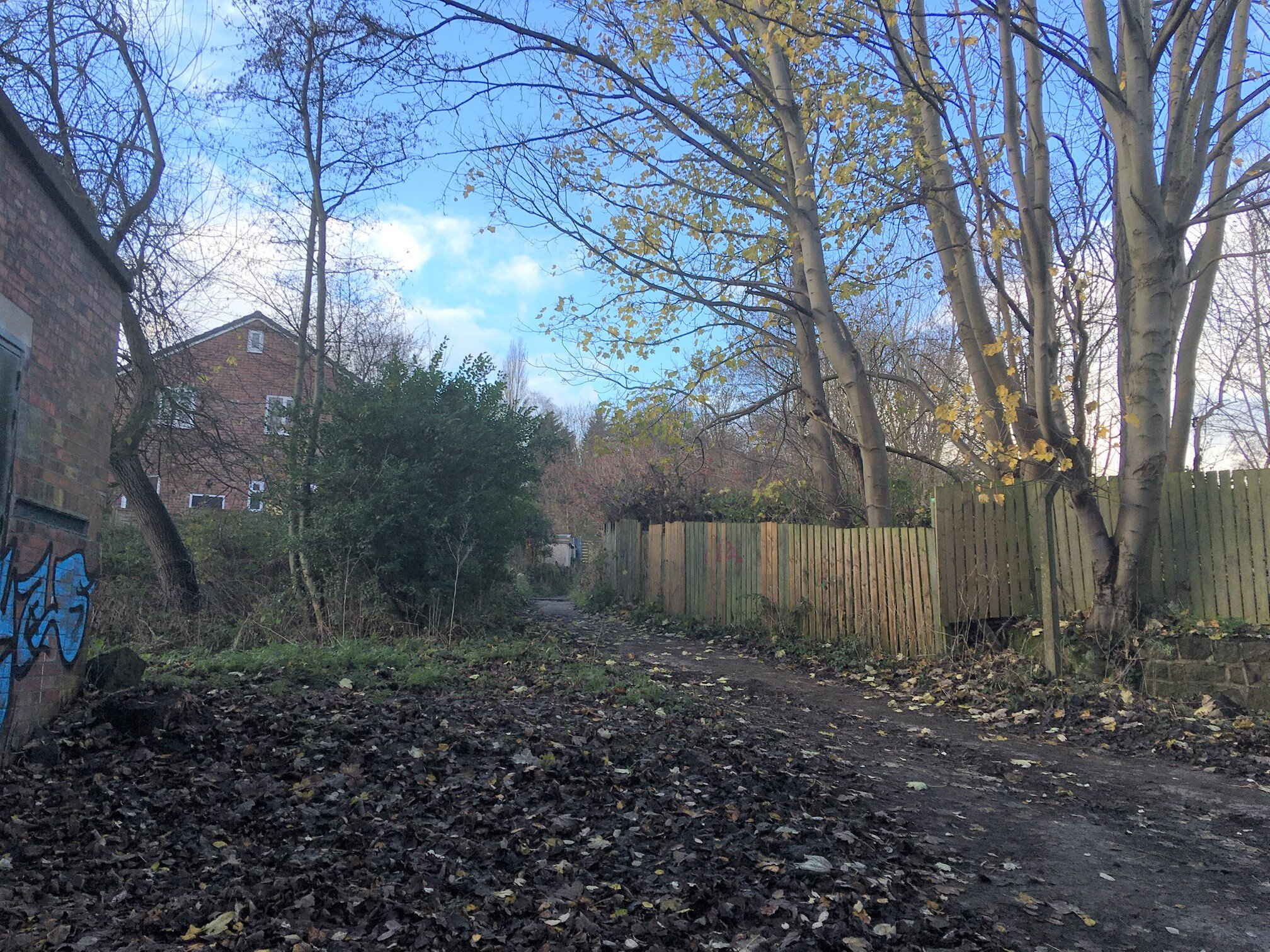
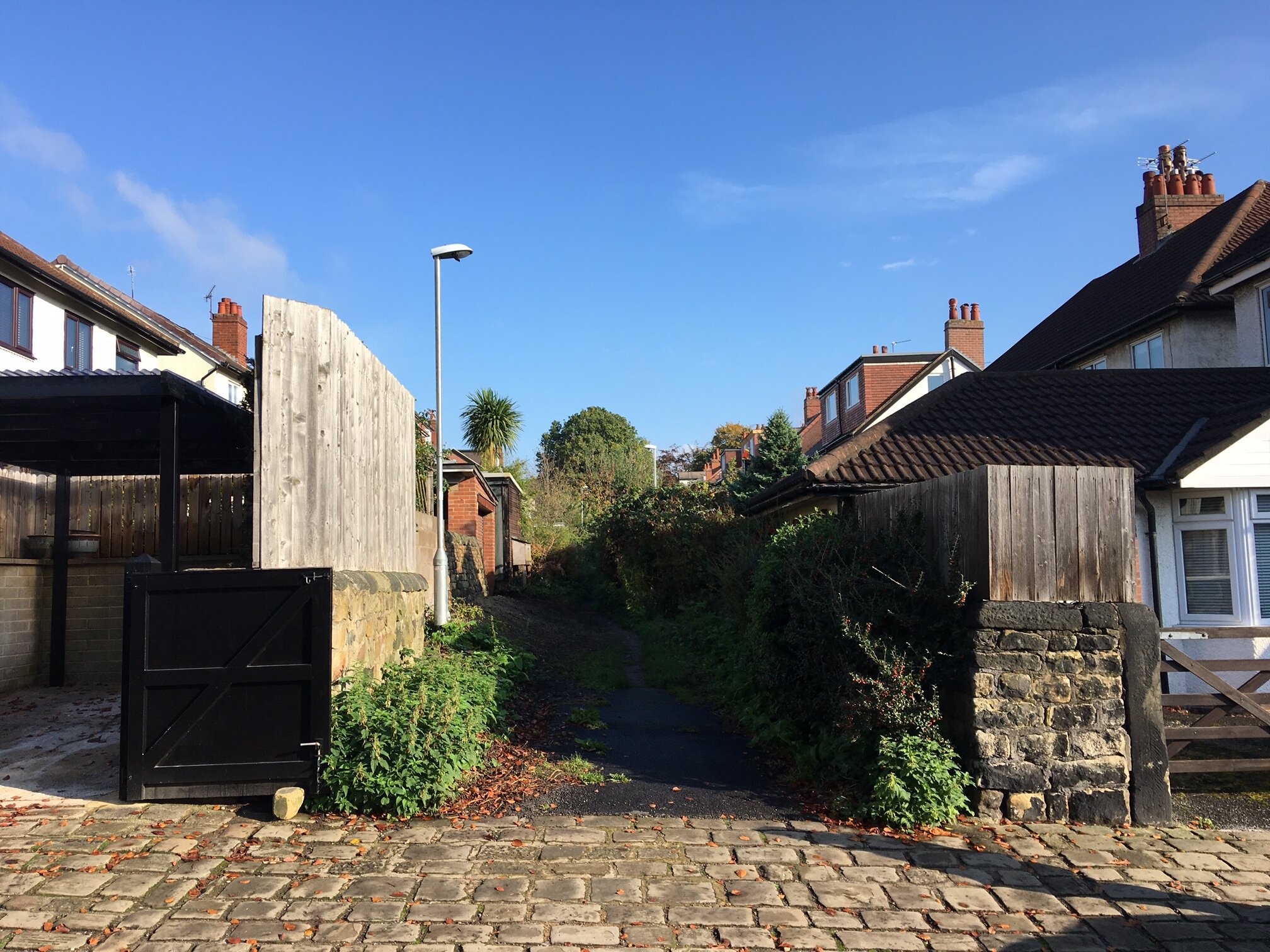
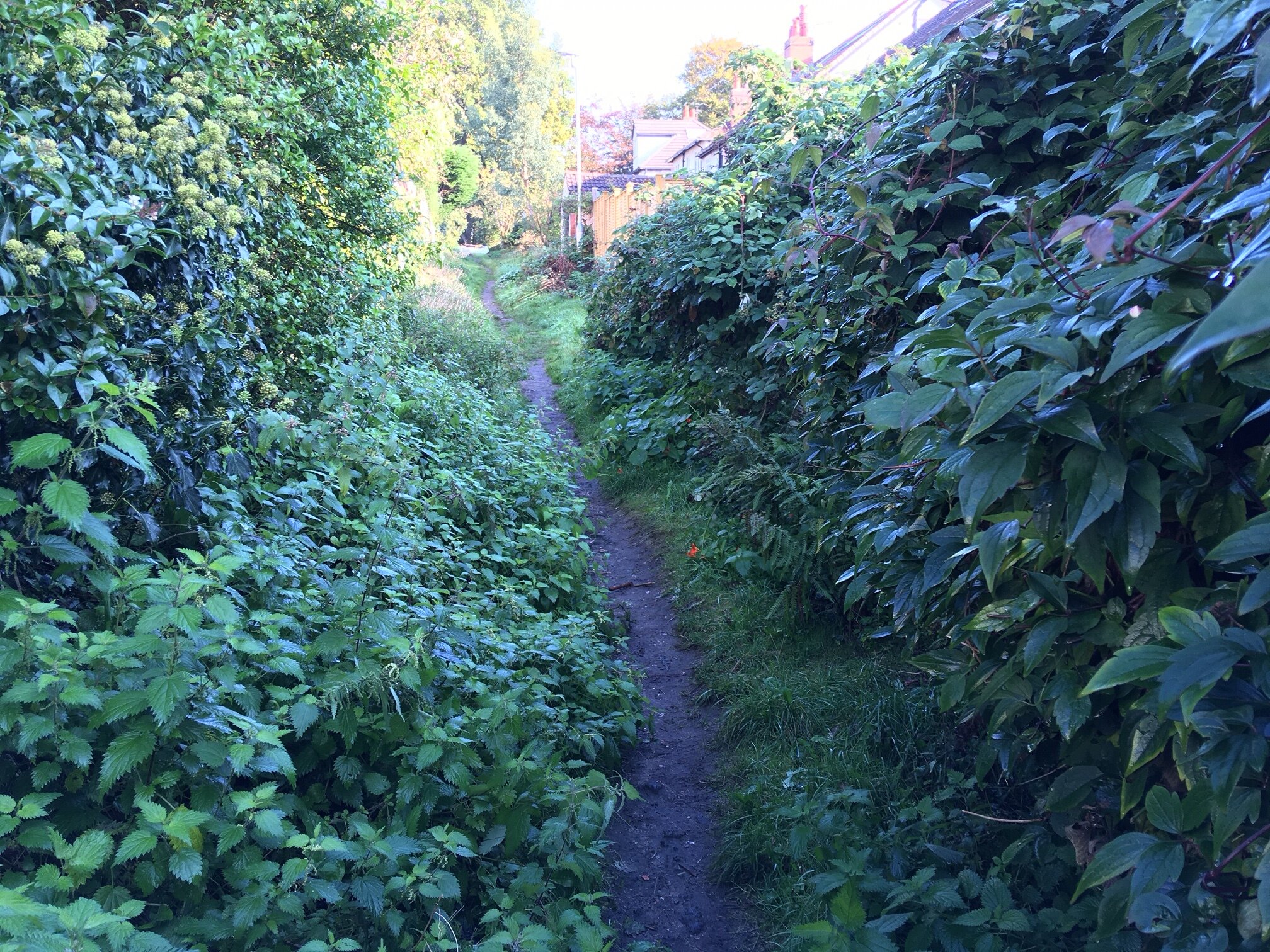
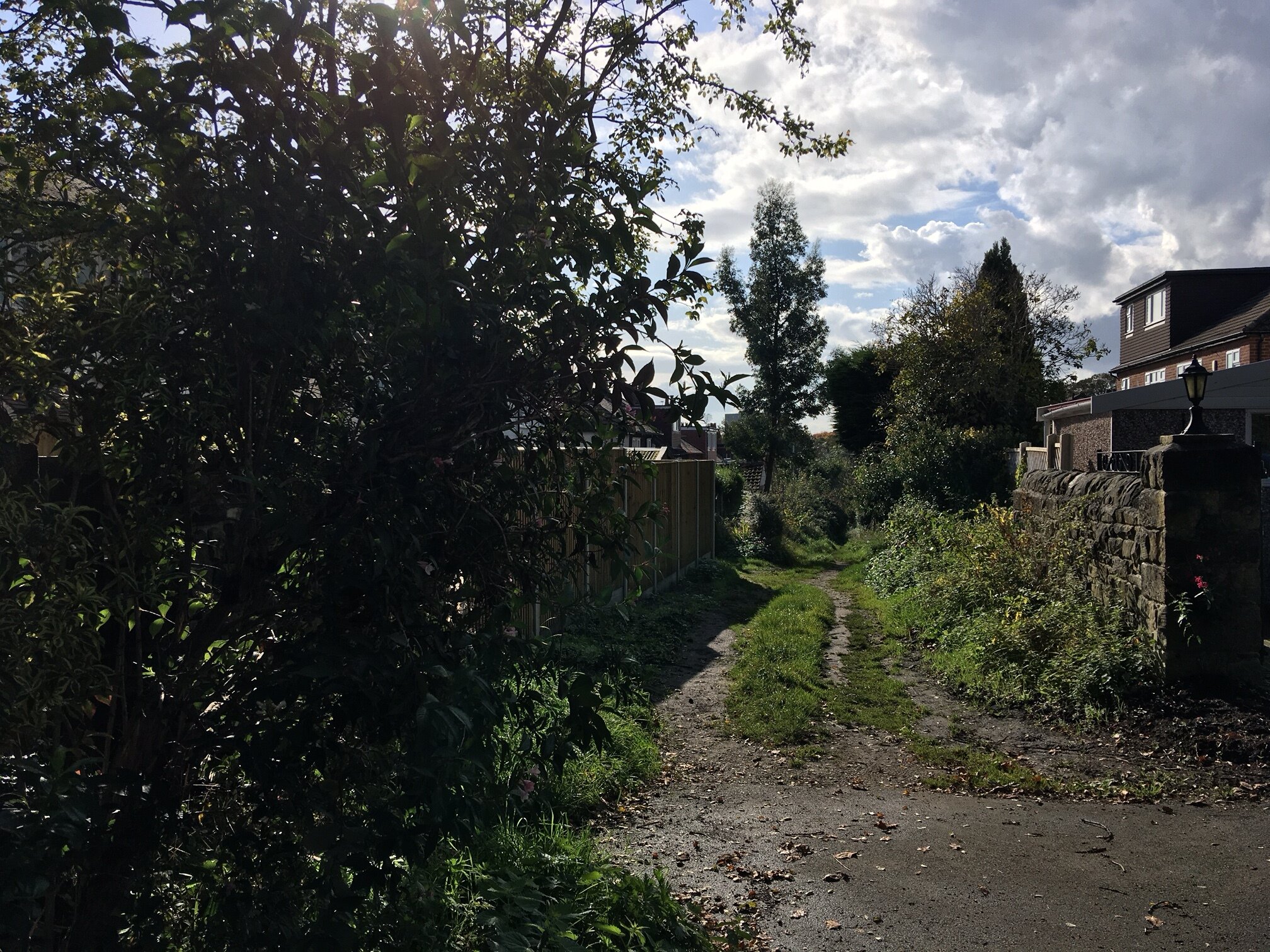
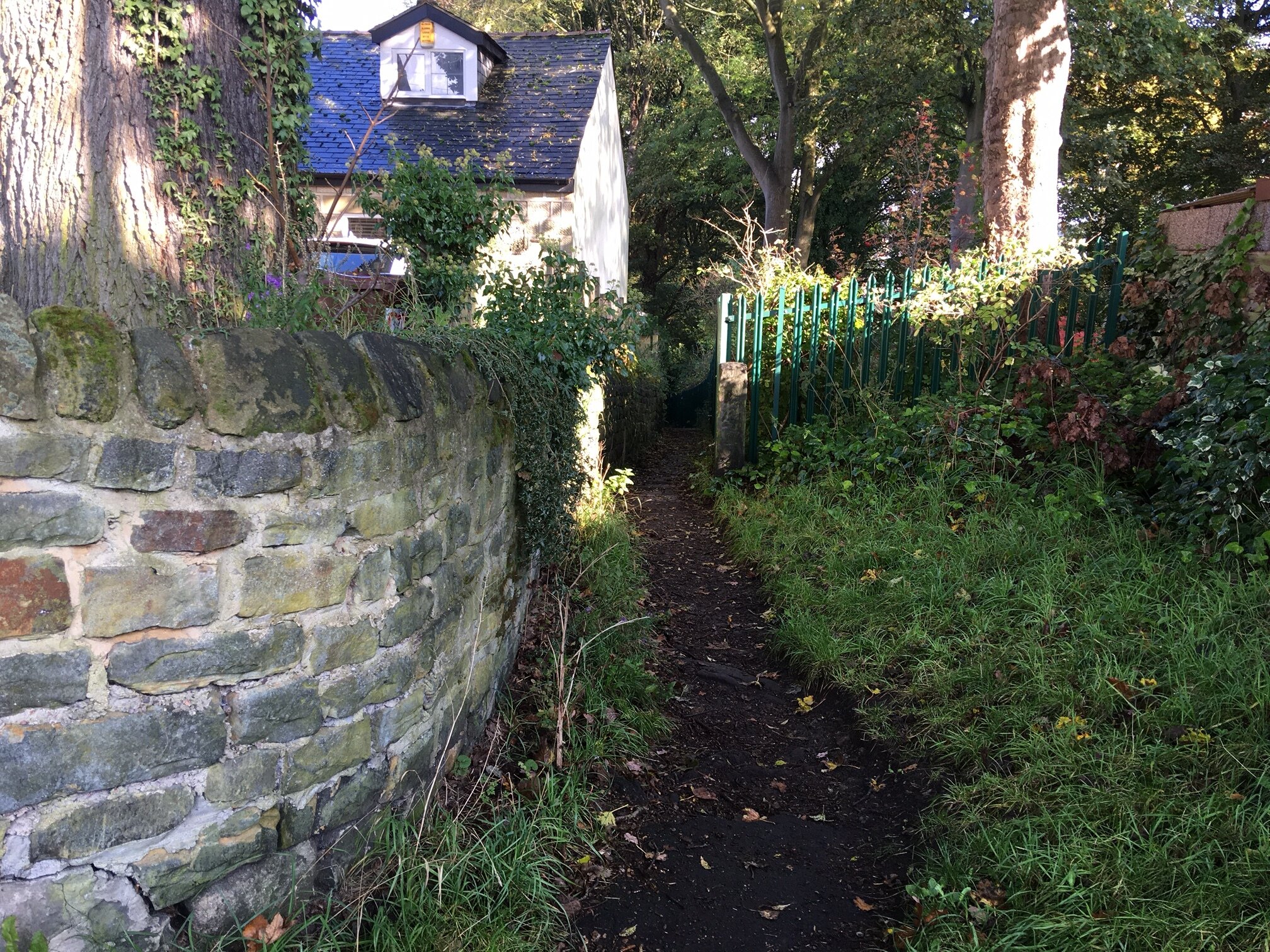
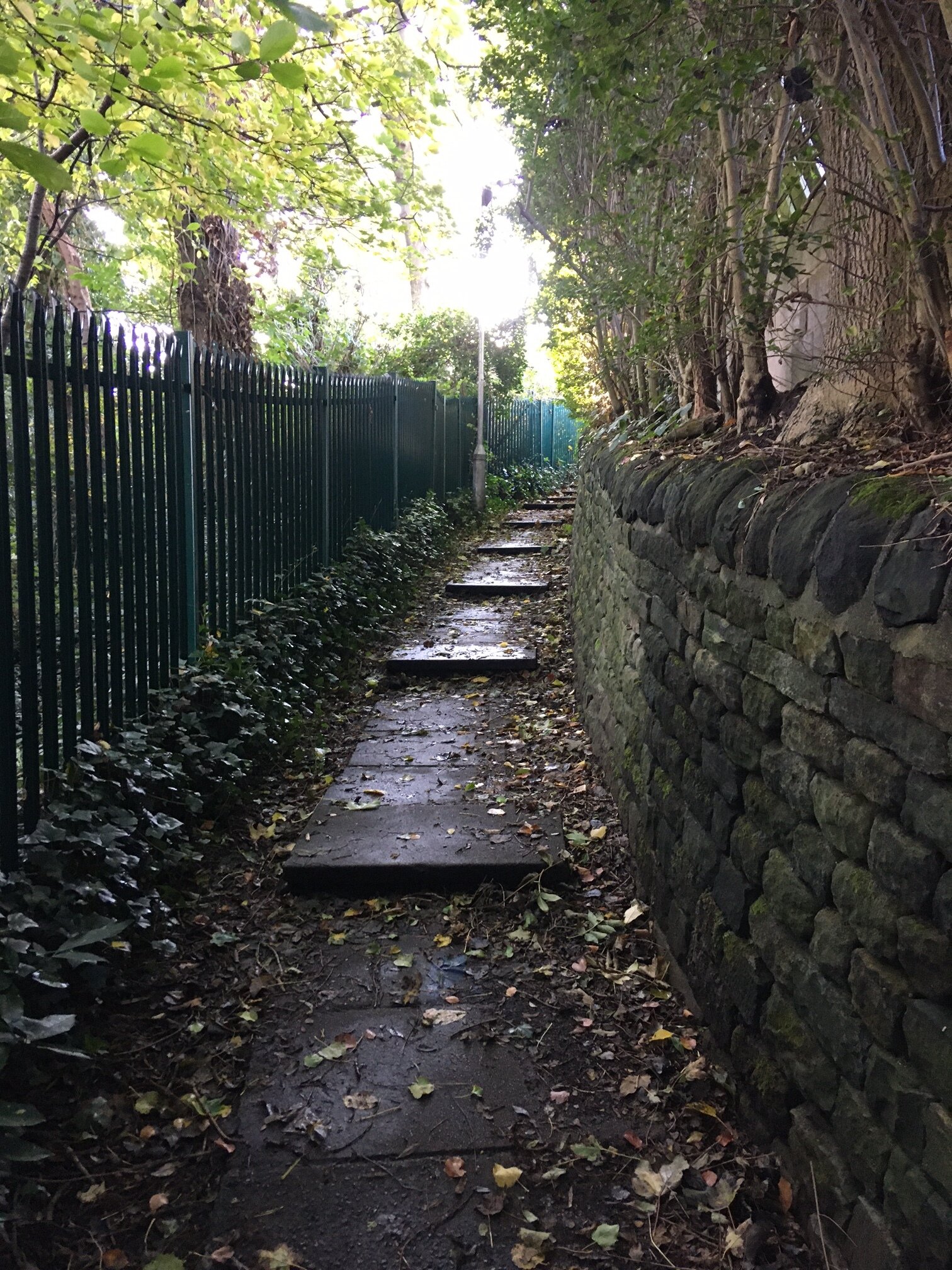
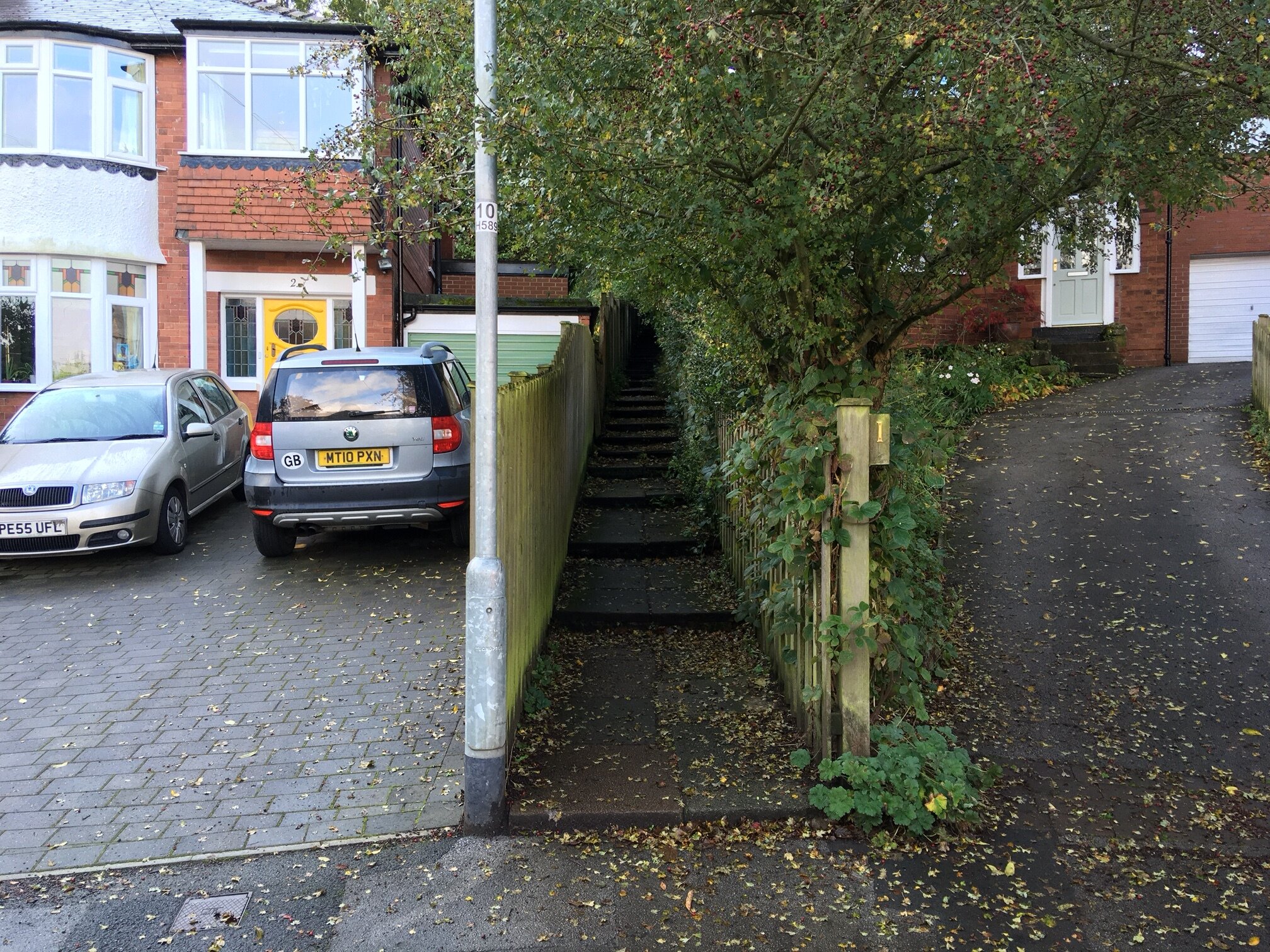
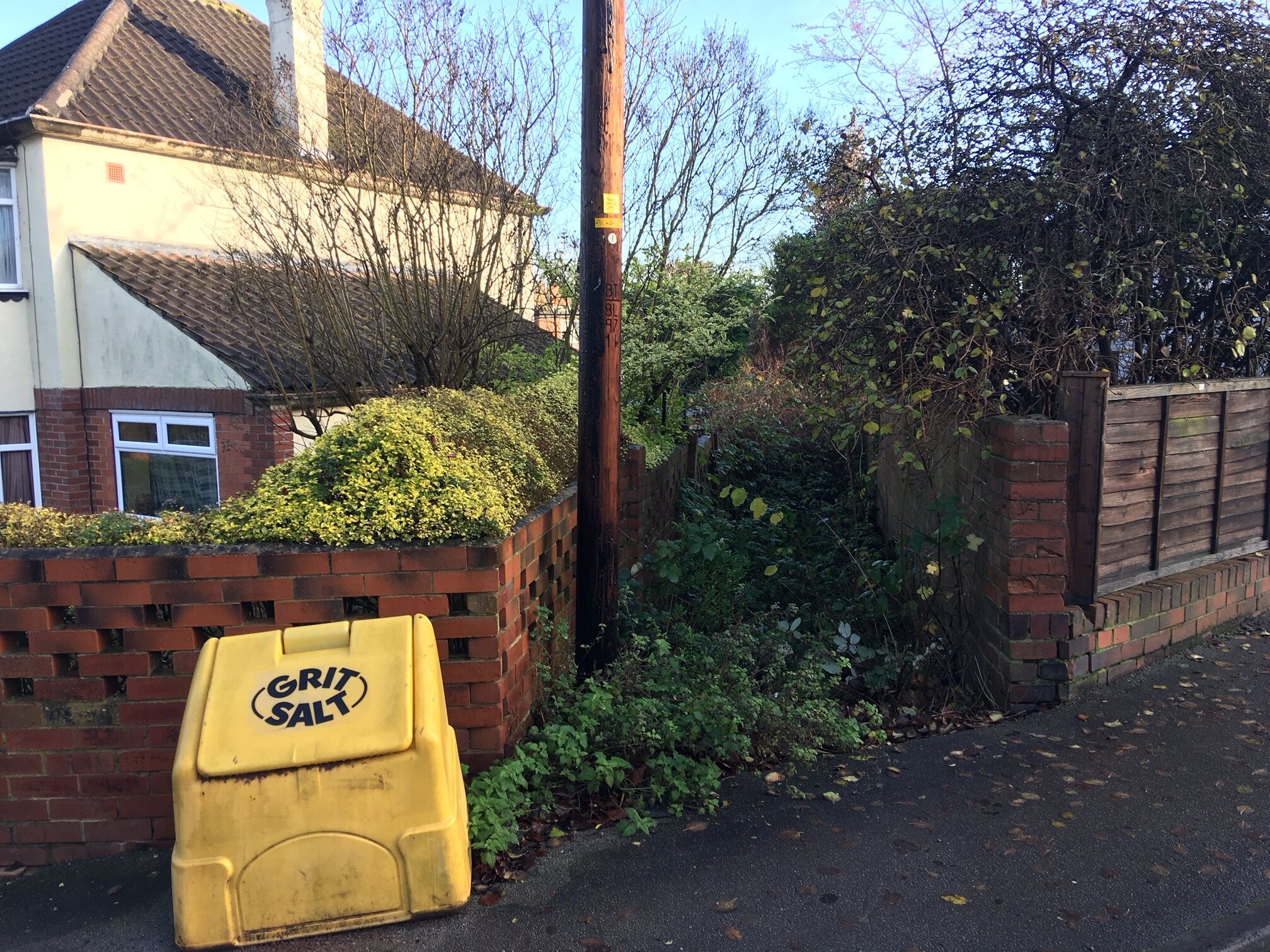
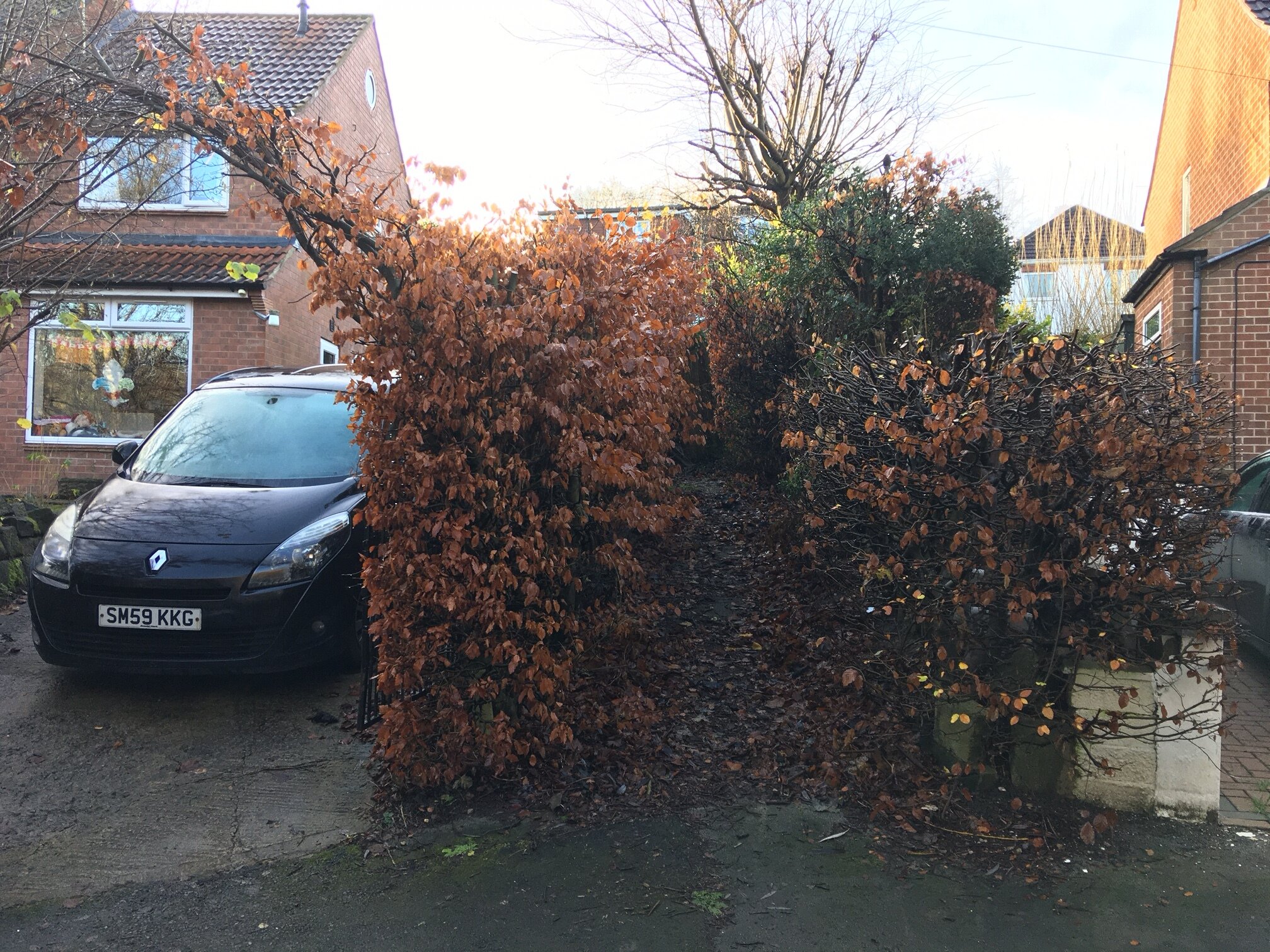
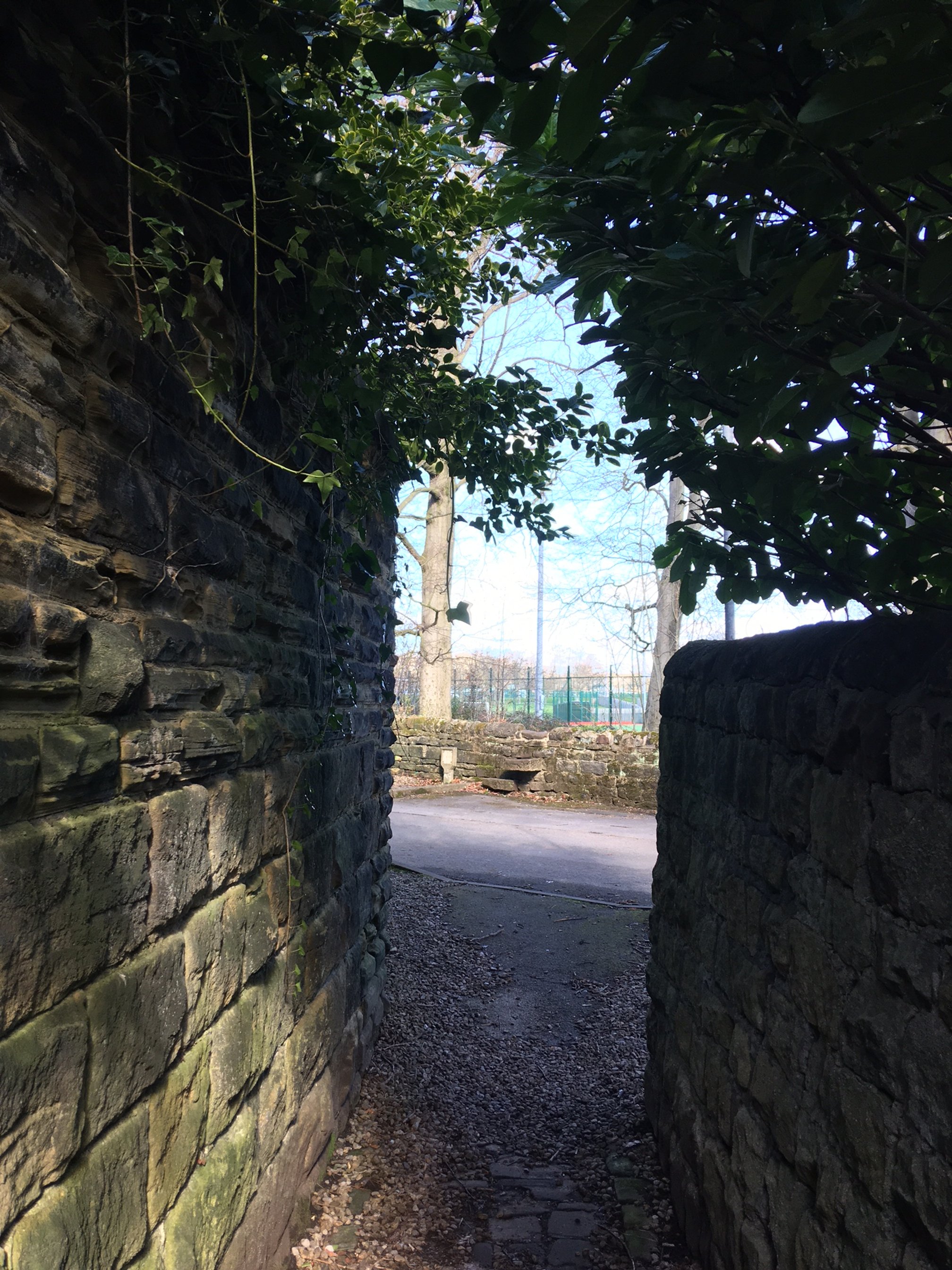

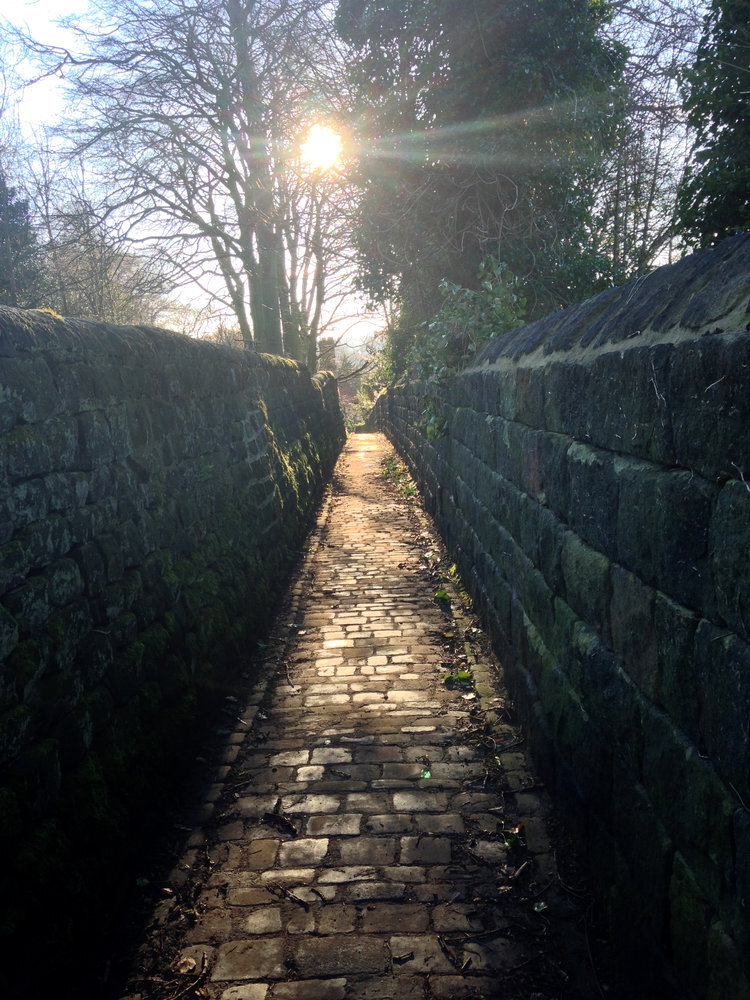
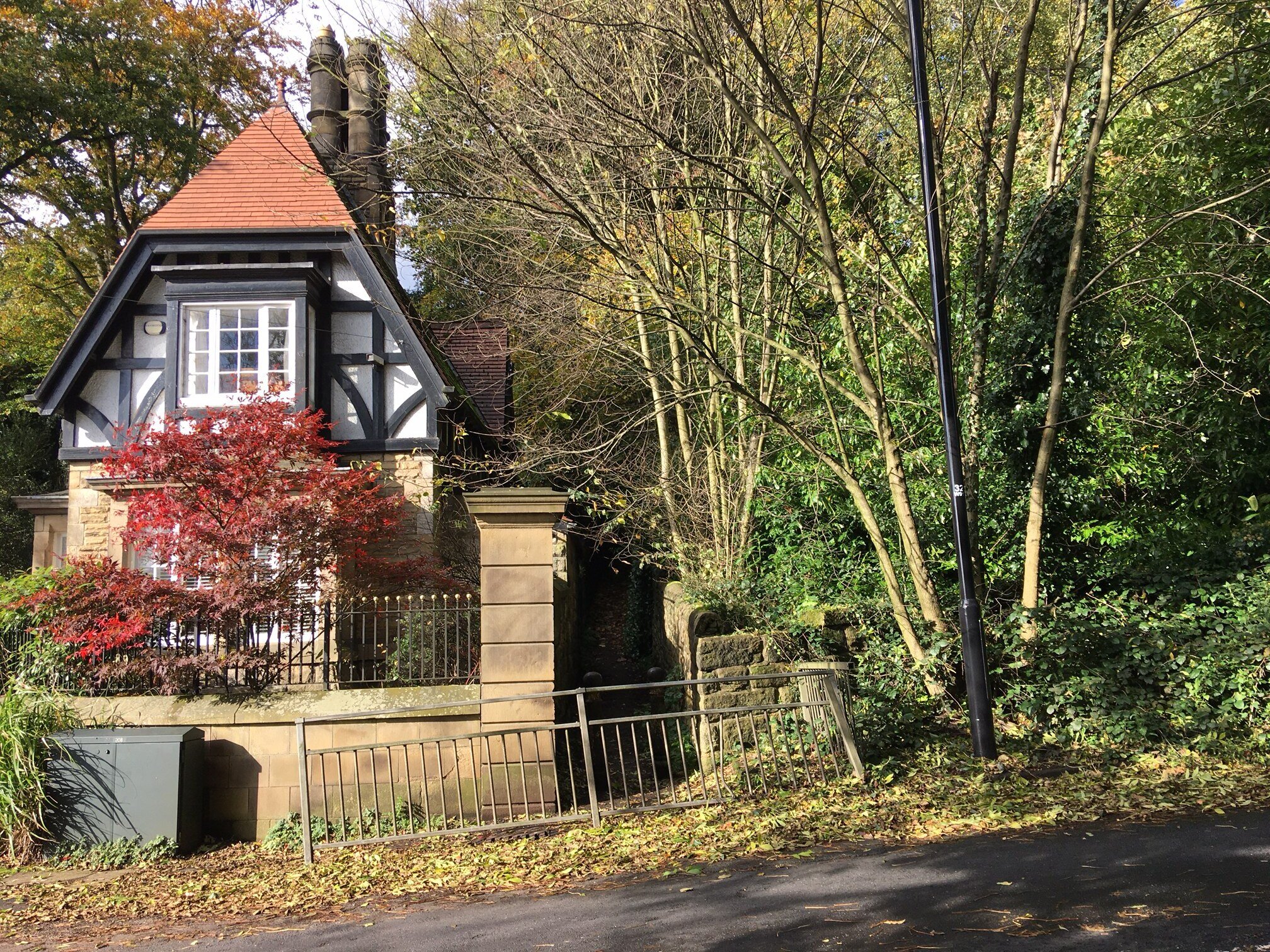
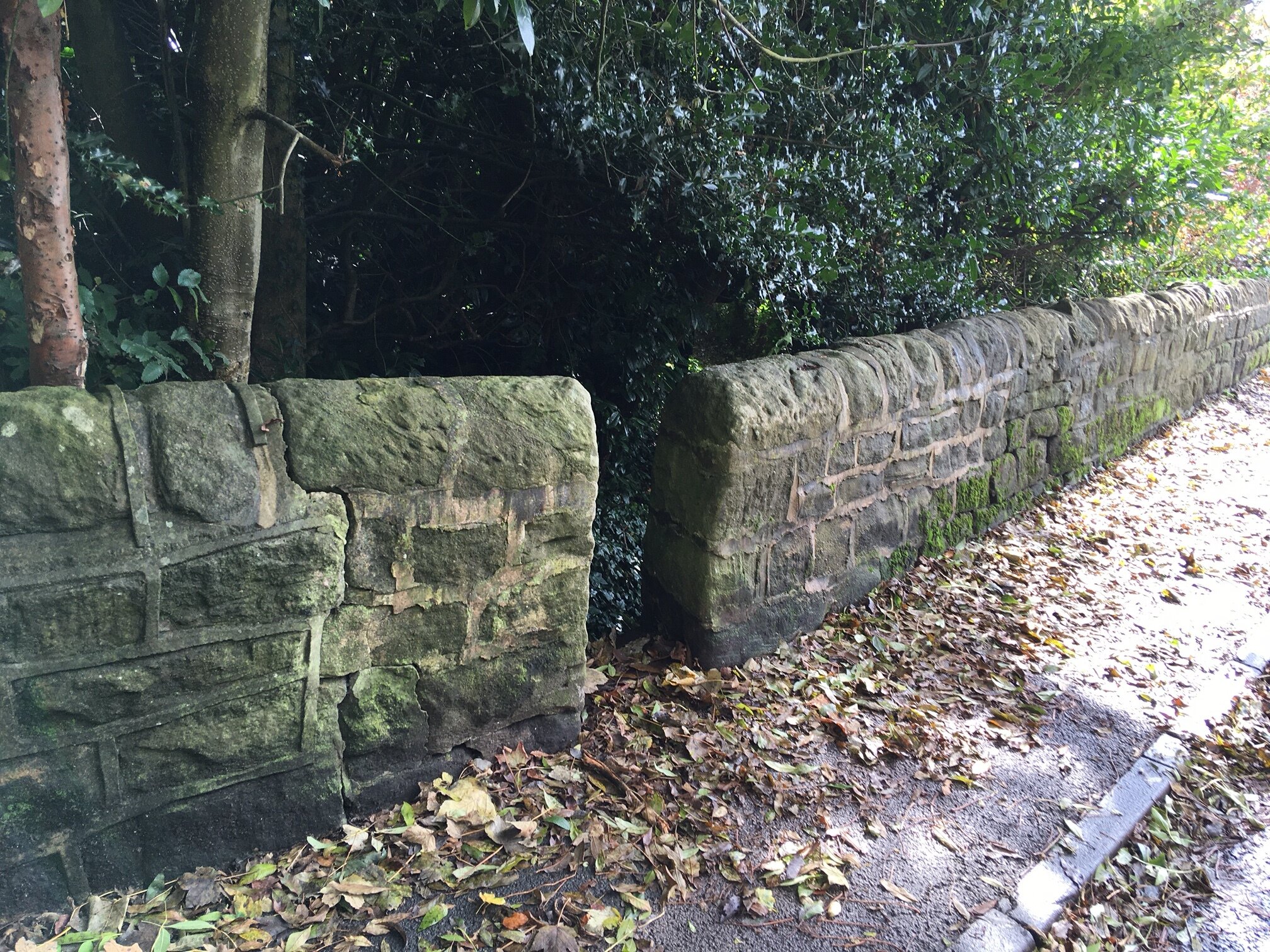
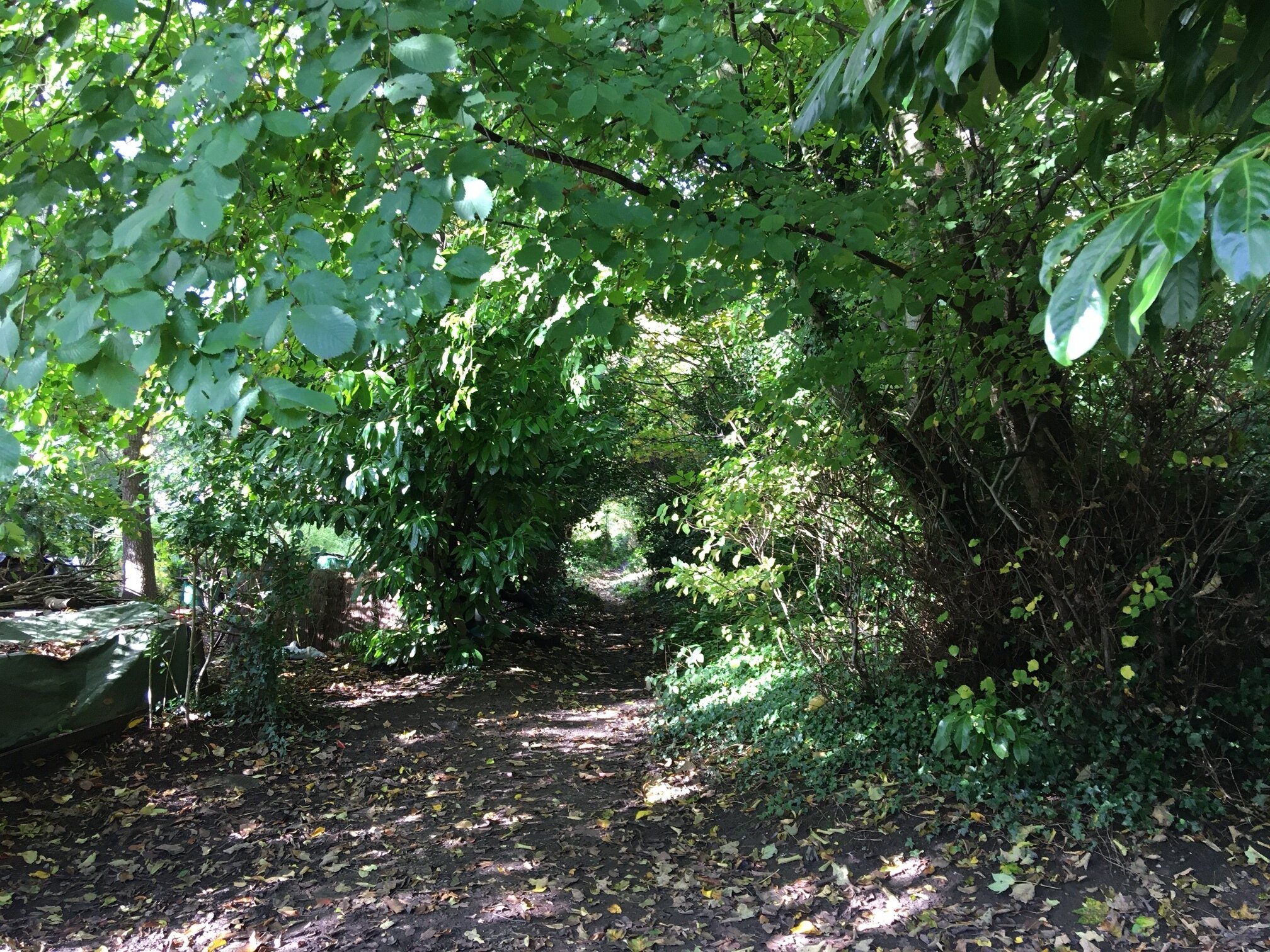
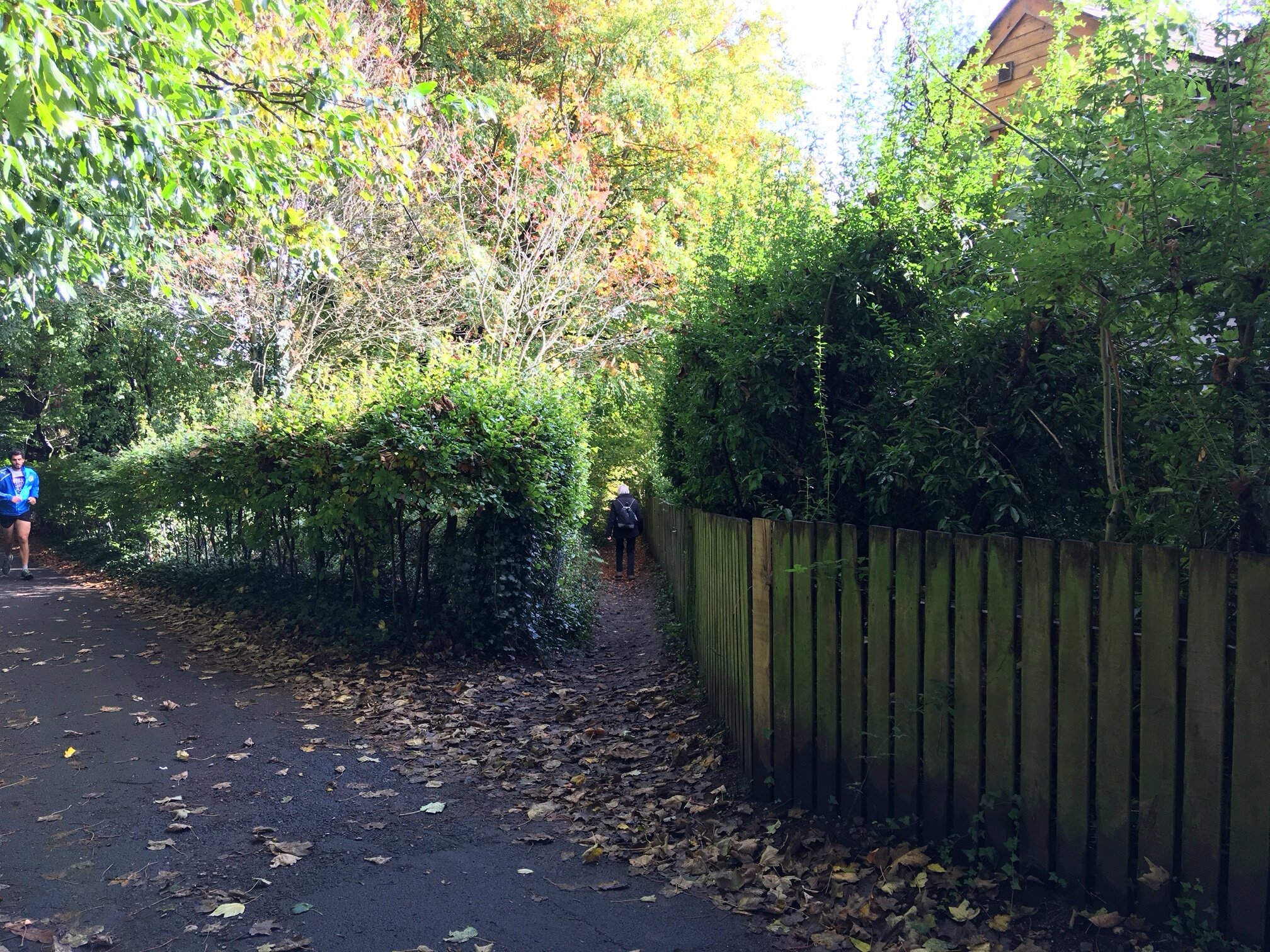

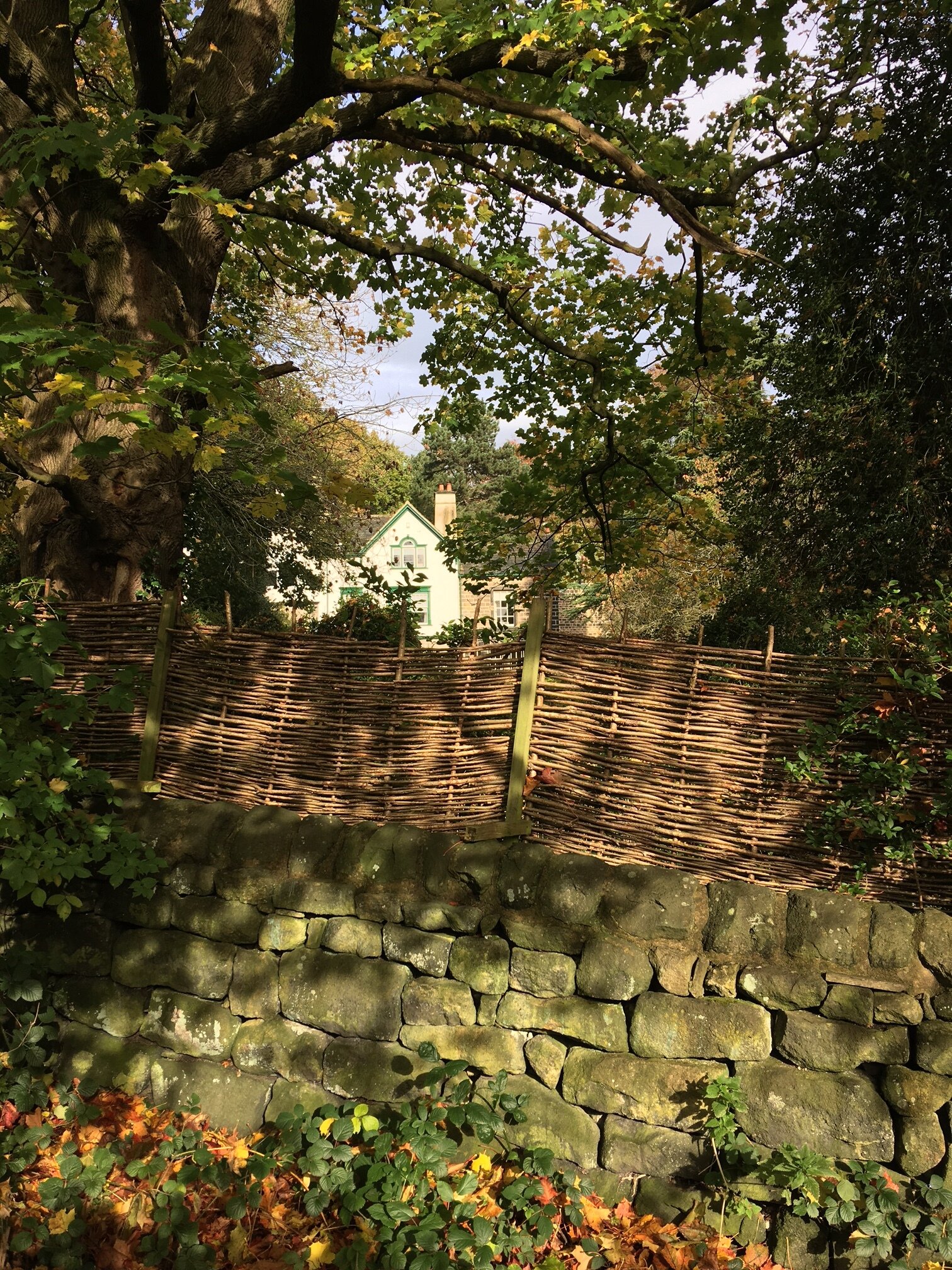
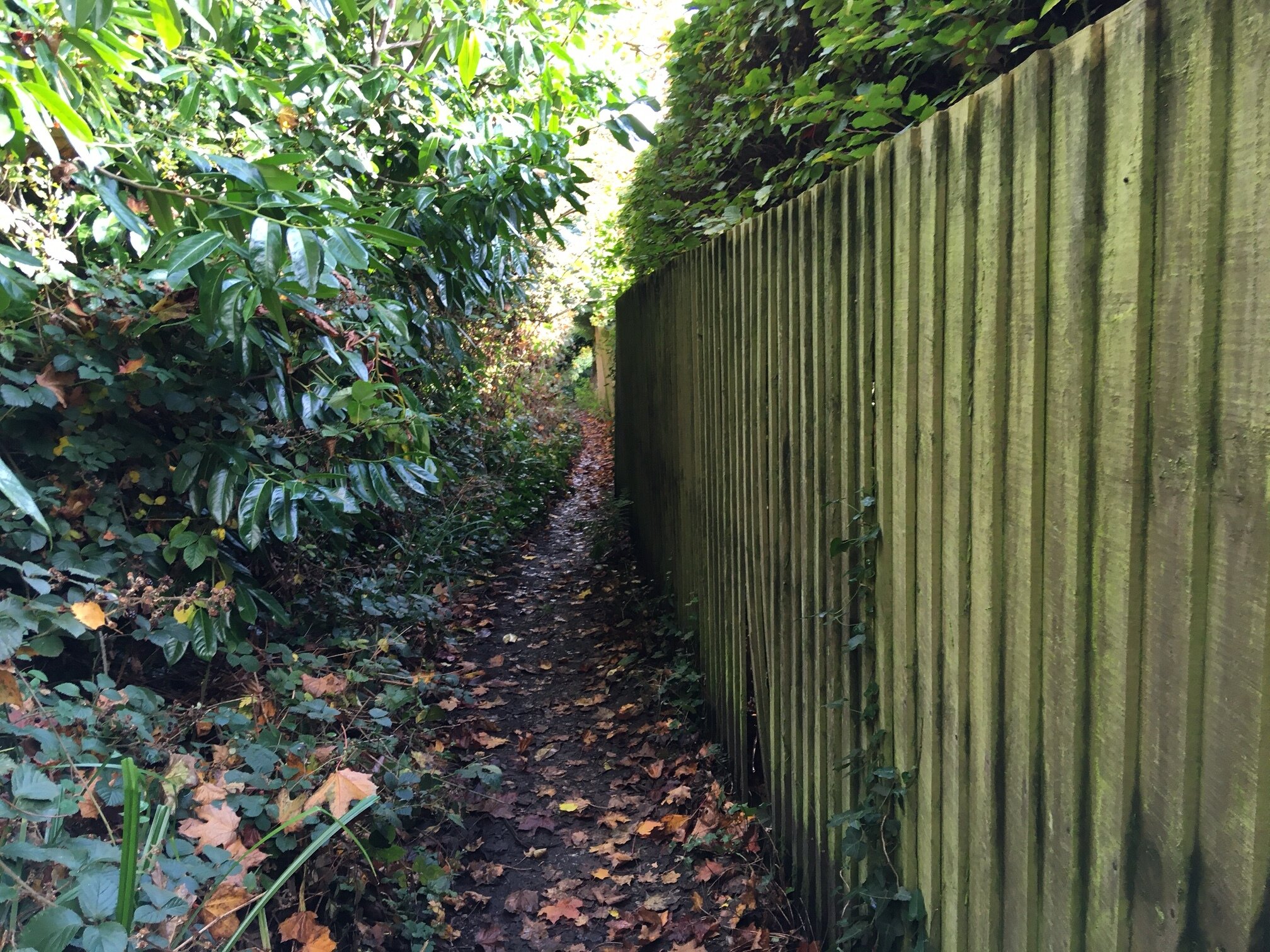

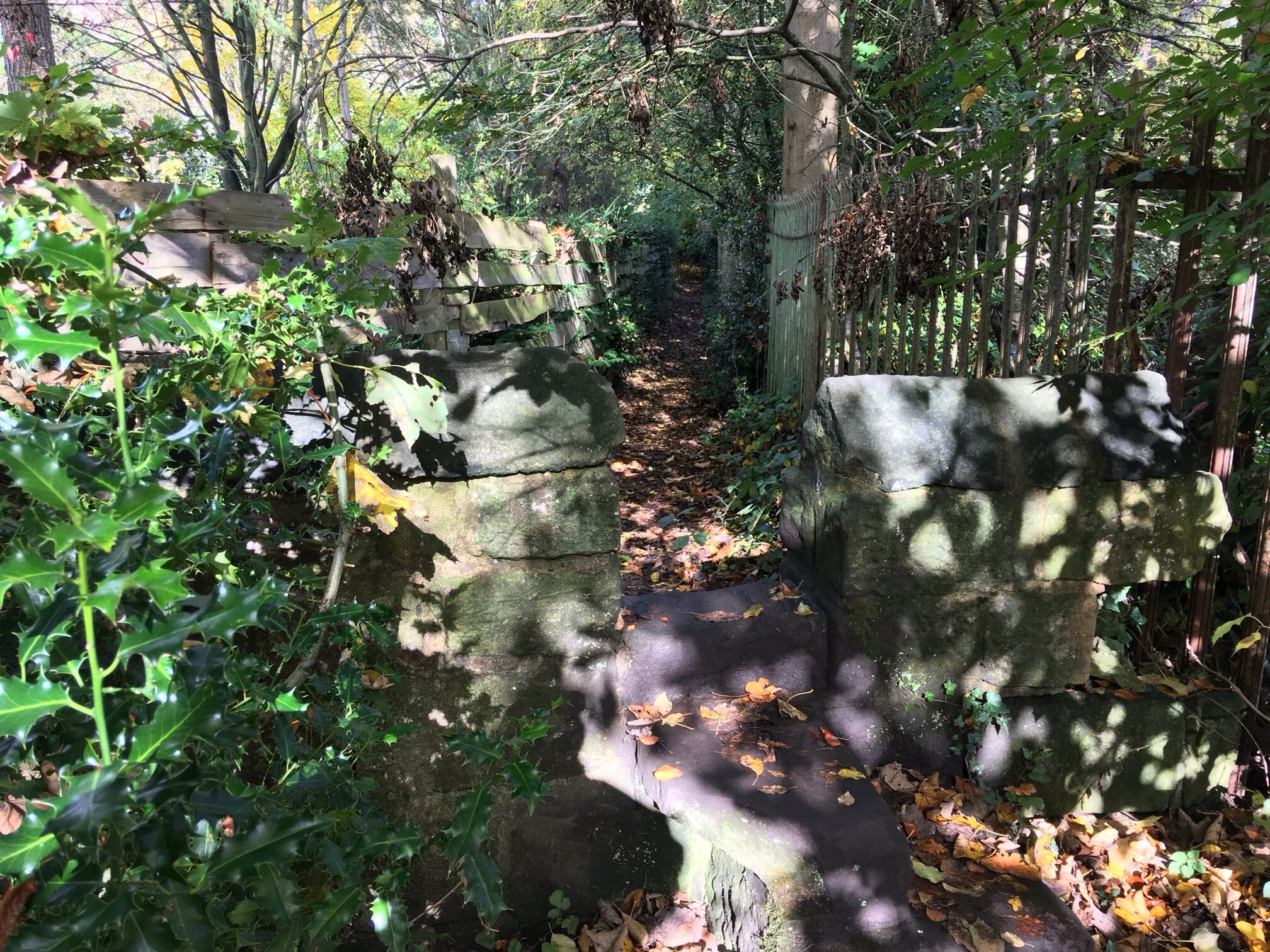
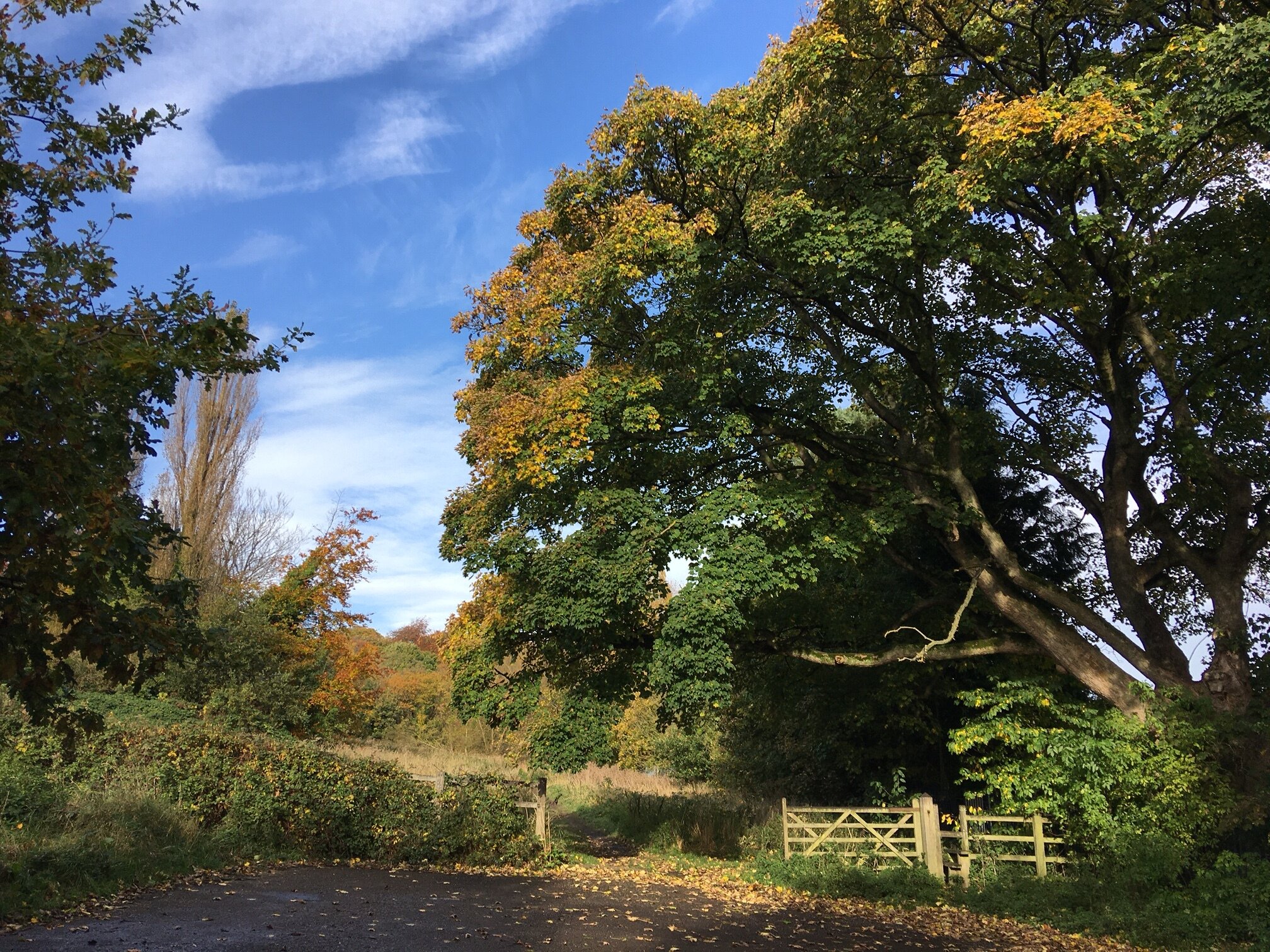
A ginnel is a narrow passage between buildings, typically pedestrian only, paved and anonymous (the Yorkshire term is used generously here; elsewhere, different terms may be used, such as ‘wynd’ [further north] or ‘twitten’ [down south]). Names are given here for ease of identification.
Ginnels are a distinctive feature of the Headingley townscape. And they still serve their original purpose, providing shortcuts from place to place. They also provide shortcuts from time to time, from our present to our past.
In fact, half our ginnels were not made as such, rather they were old rural pathways that became fossilised when they were absorbed into the built development of Headingley. Half our ginnels were converted or created in the later nineteenth century, and half in the 1930s. Read their history here.
Every ginnel in the gallery above is defined as a Public Right Of Way (PROW) or is claimed as such (as yet, Non-Definitive) (see Leeds Public Rights Of Way Map).
Take a walk from one end of our neighbourhood to the other, by Going through the Ginnels, either Northbound or Southbound. The Great Ginnel walk follows the Northbound route (more info to follow). For other walks in the area, go to the Walk page.
For the context of the ginnels, see Eveleigh Bradford, Headingley: this pleasant rural village, Northern Heritage (2008) and David Hall, Far Headingley, Weetwood and West Park, Far Headingley Village Society (2000) (thanks to both authors for advice).
Poems are from Lucy Newlyn, Ginnel (2005), reproduced by kind permission of Carcanet Press, Manchester, UK.
Photographs are by kind permission of Jerry Hardman-Jones (JHJ) and Richard Tyler (RT), whose copyright they remain.
Lucy Newlyn
Ginnel
You lost your French roots long ago:
came north, toughened your grain.
Liked it here, settled in;
never went south again -
Never went further, if you could help it,
than the end of Yorkshire.
Was it the matt templates of grey,
the stone walls against grey sky,
light scarce and edging across cobbles?
Was it the way cloud massed on hills,
wind hammered fells,
bent bracken, rocked dry stone walls?
Was it the houses huddled in the wind’s grip,
wind raking the beck
between houses. You branched out
sending fine veins towards the fells,
covering the land with cracks,
as a river crumples a map with fissures.
They’d not know you in middle England,
your looks are so altered.
The sun tips shadows over your high edges;
wind pelts you with detritus.
You are long and stony and grained.
Footfalls reverberate, lost in your still chambers.
From Lucy Newlyn, Ginnel (Carcanet Press, 2005)

